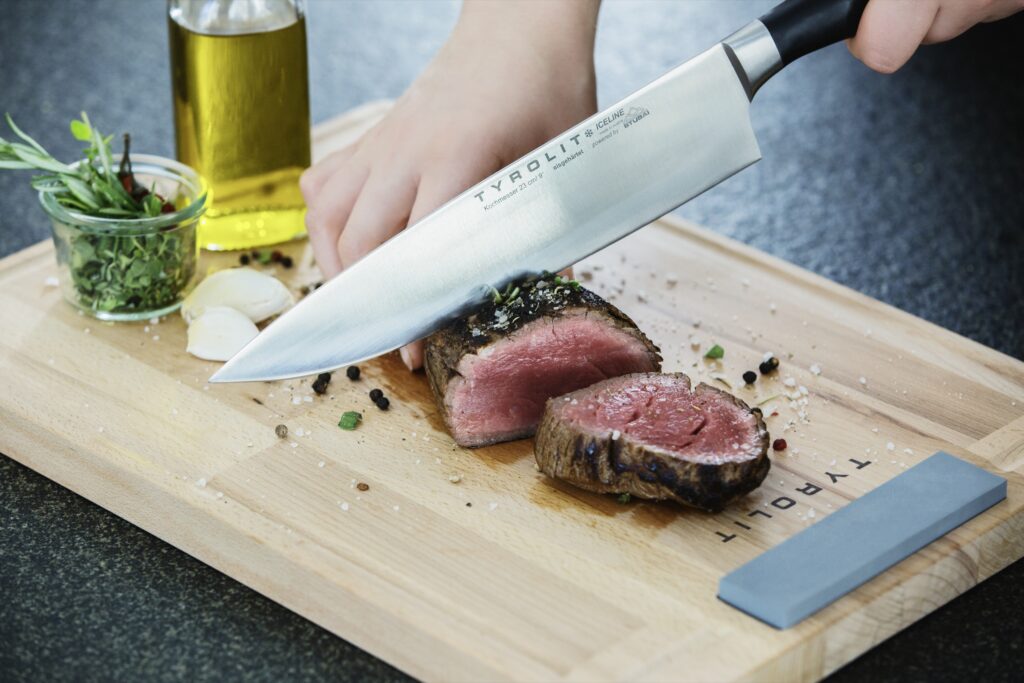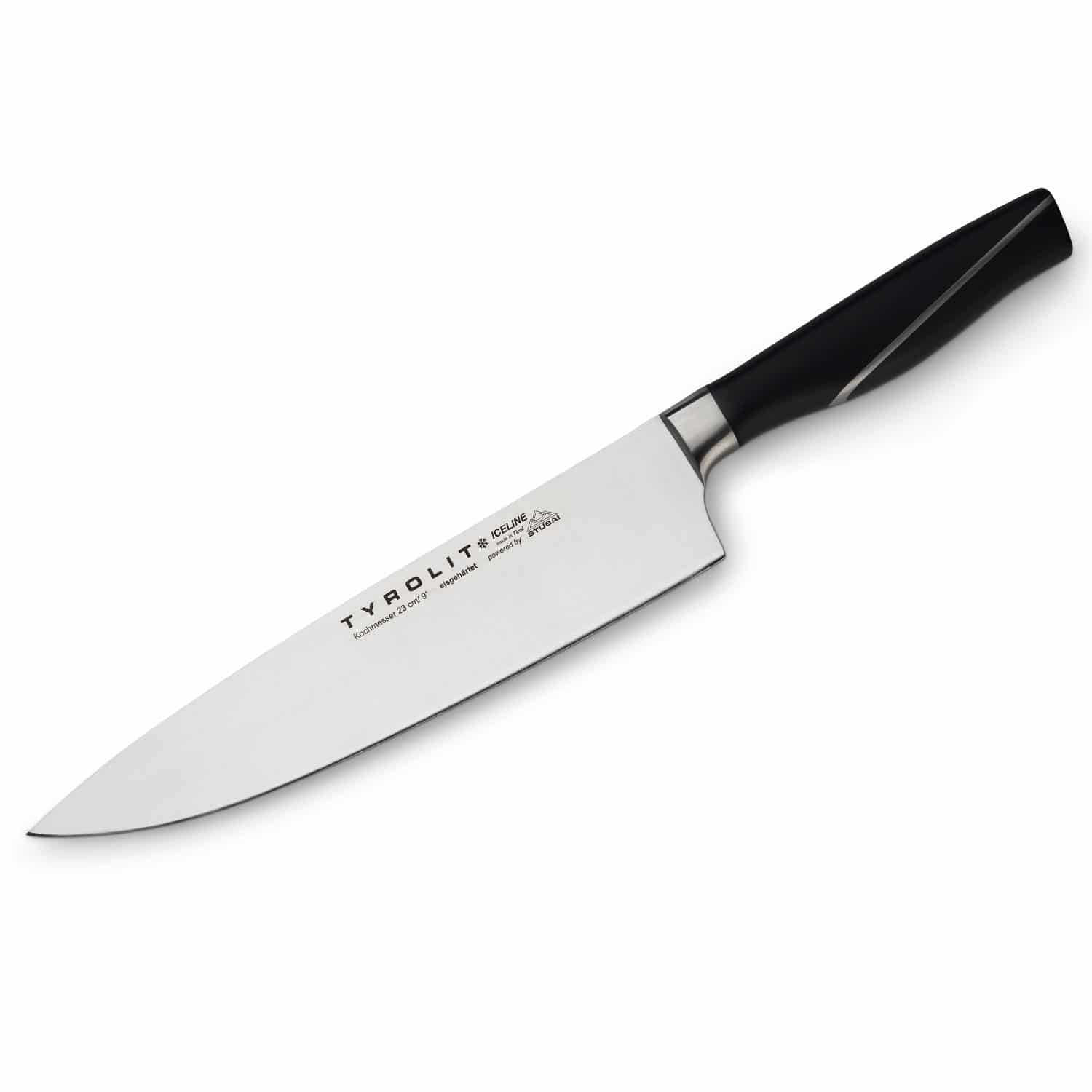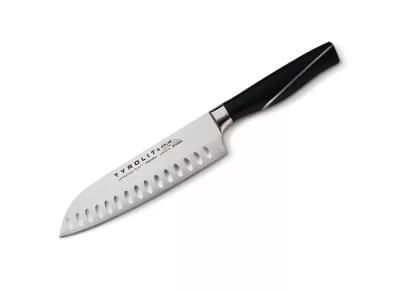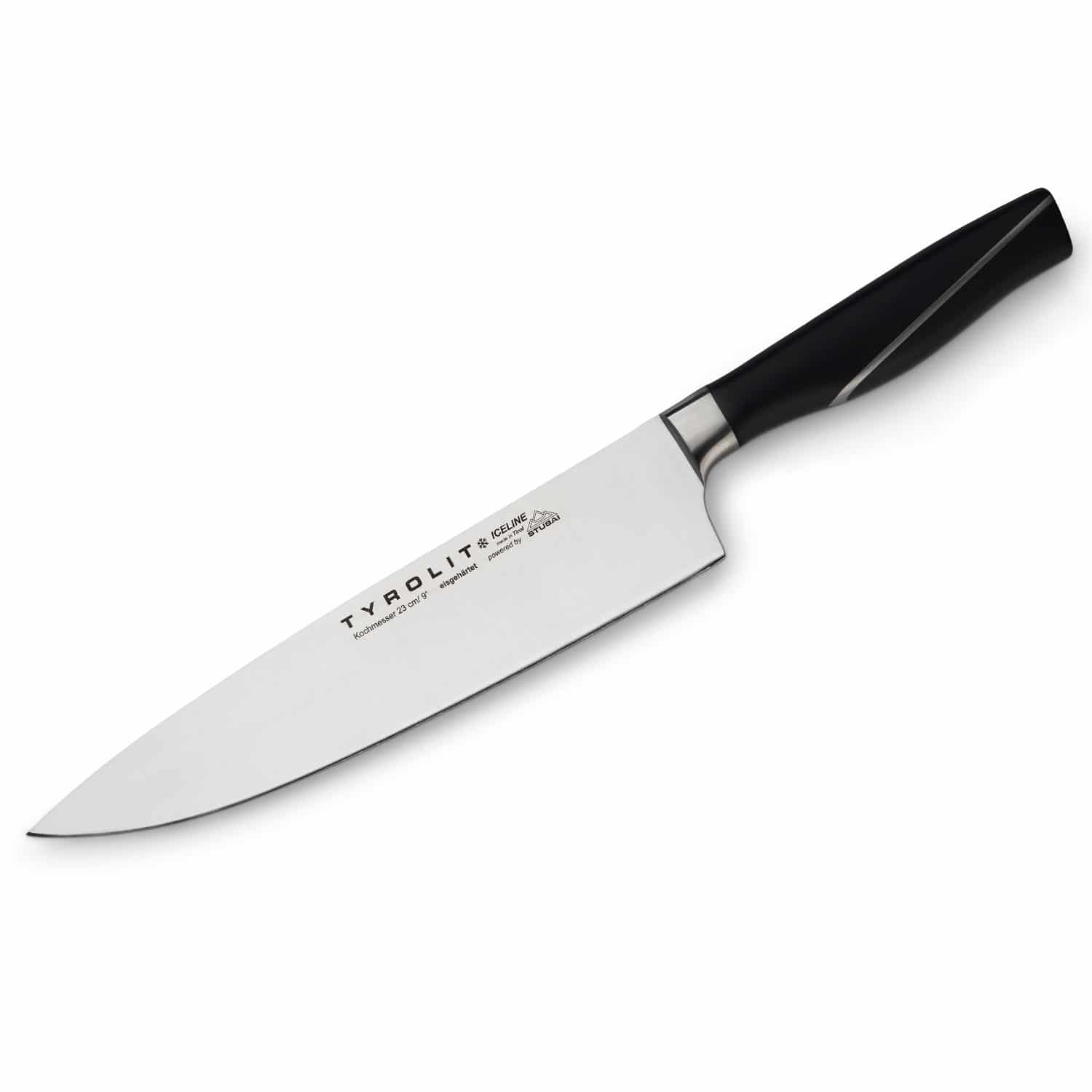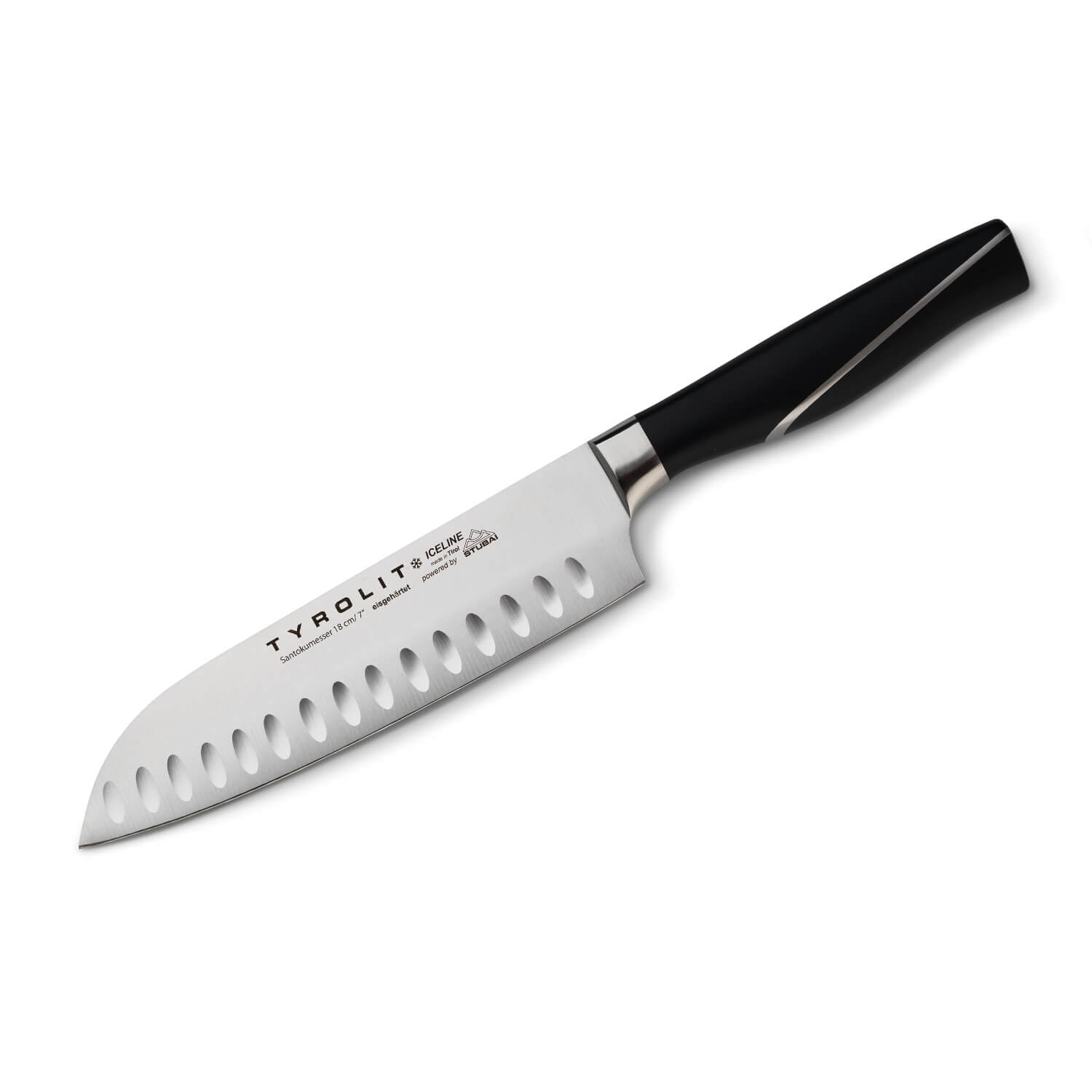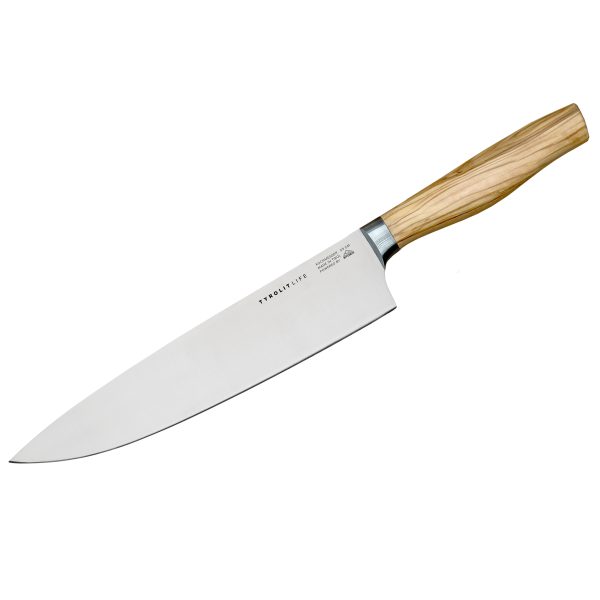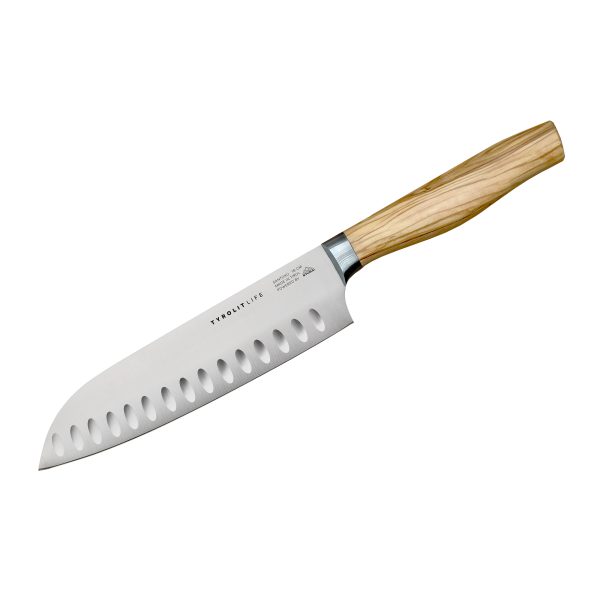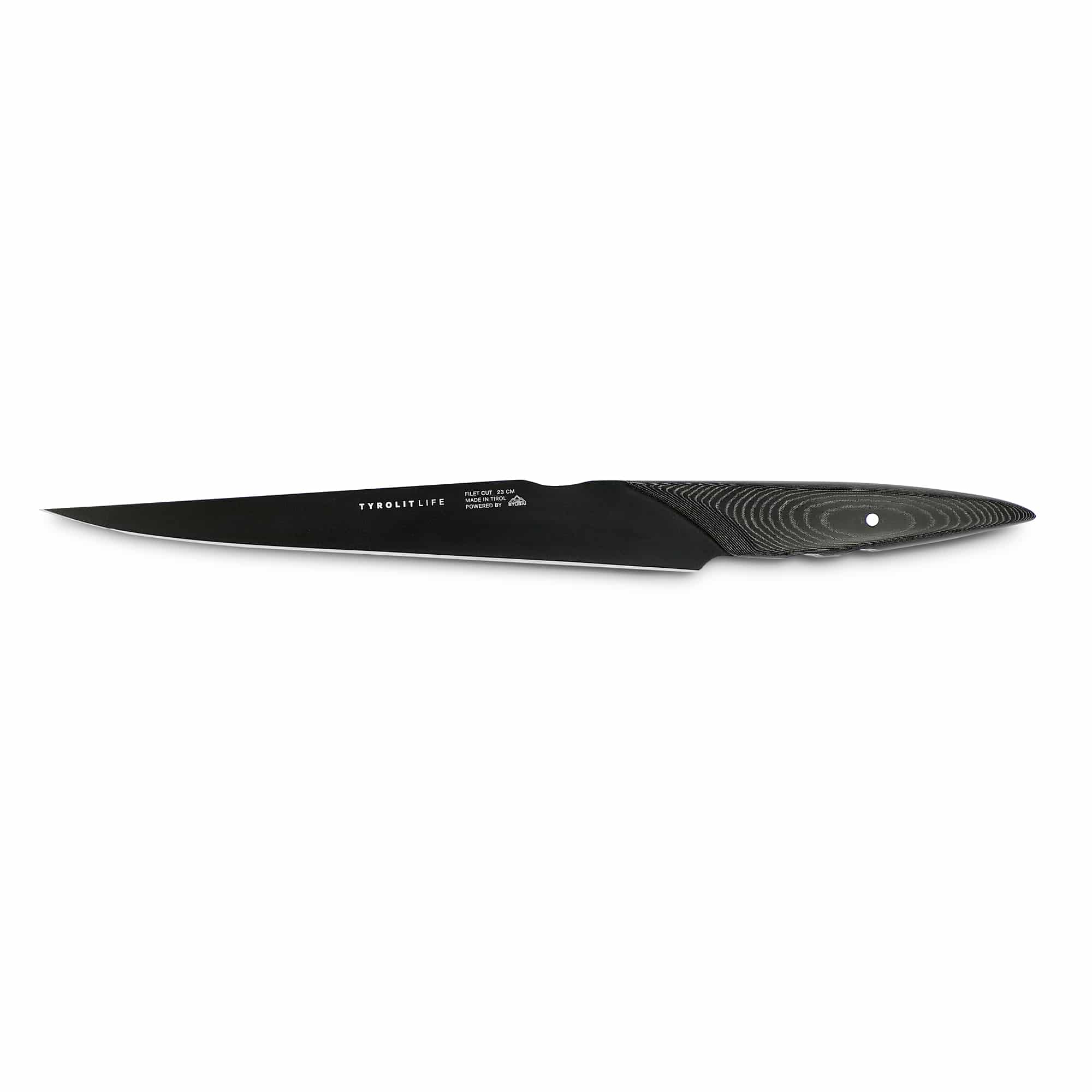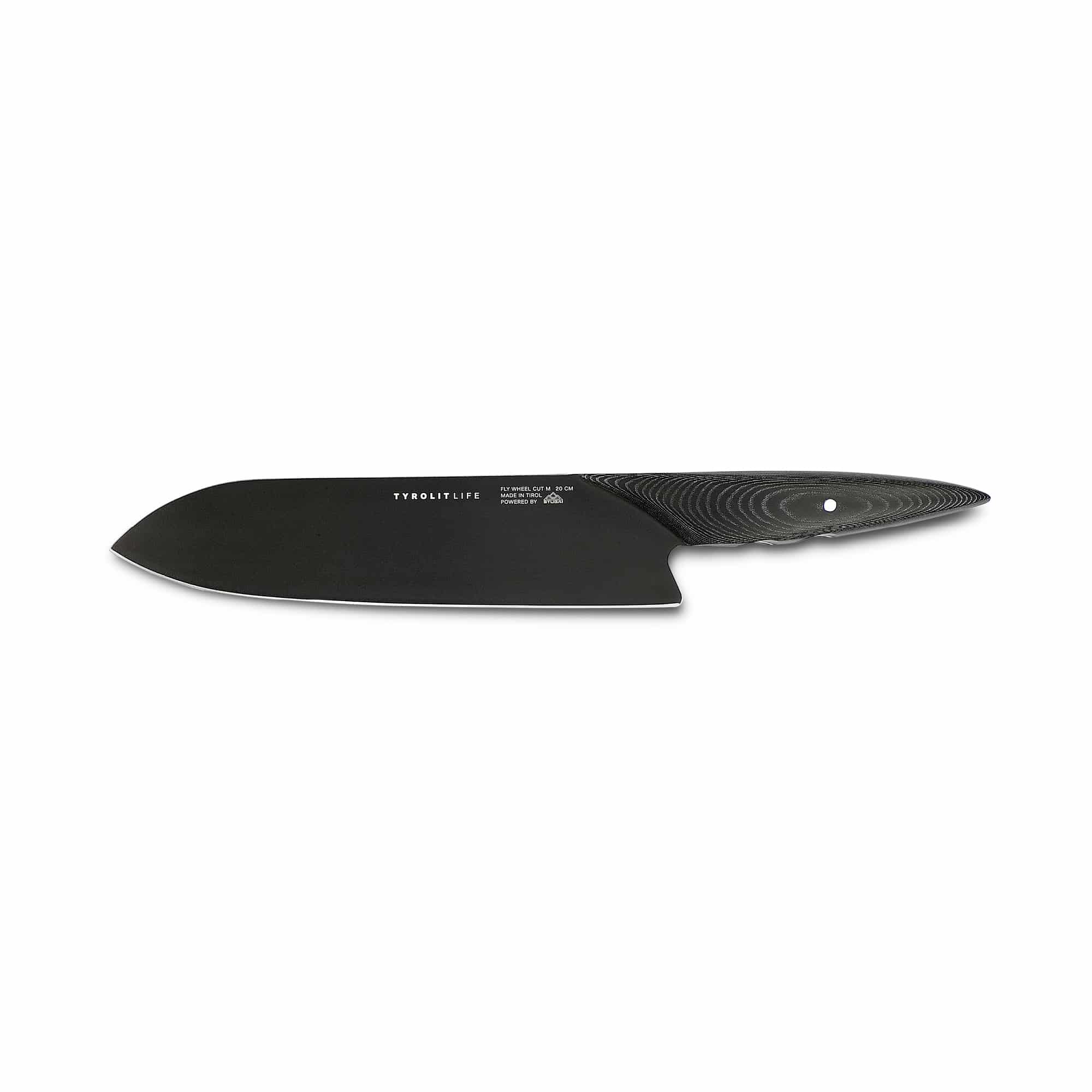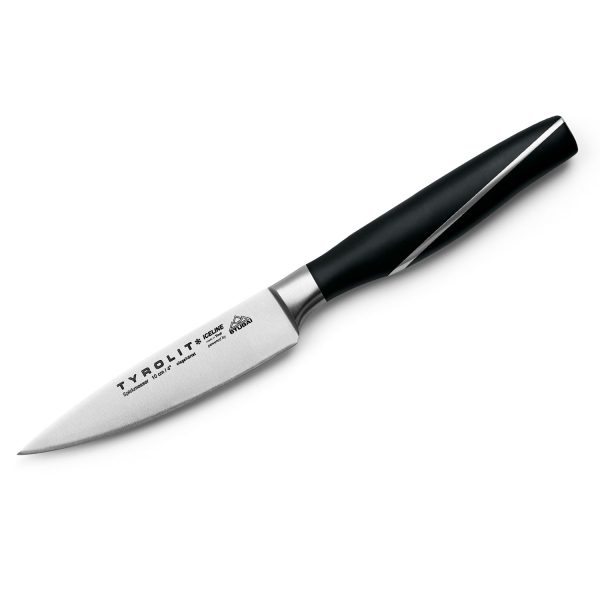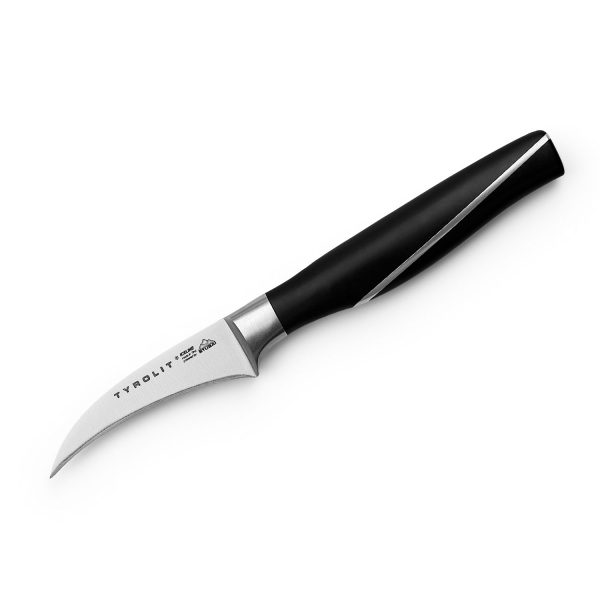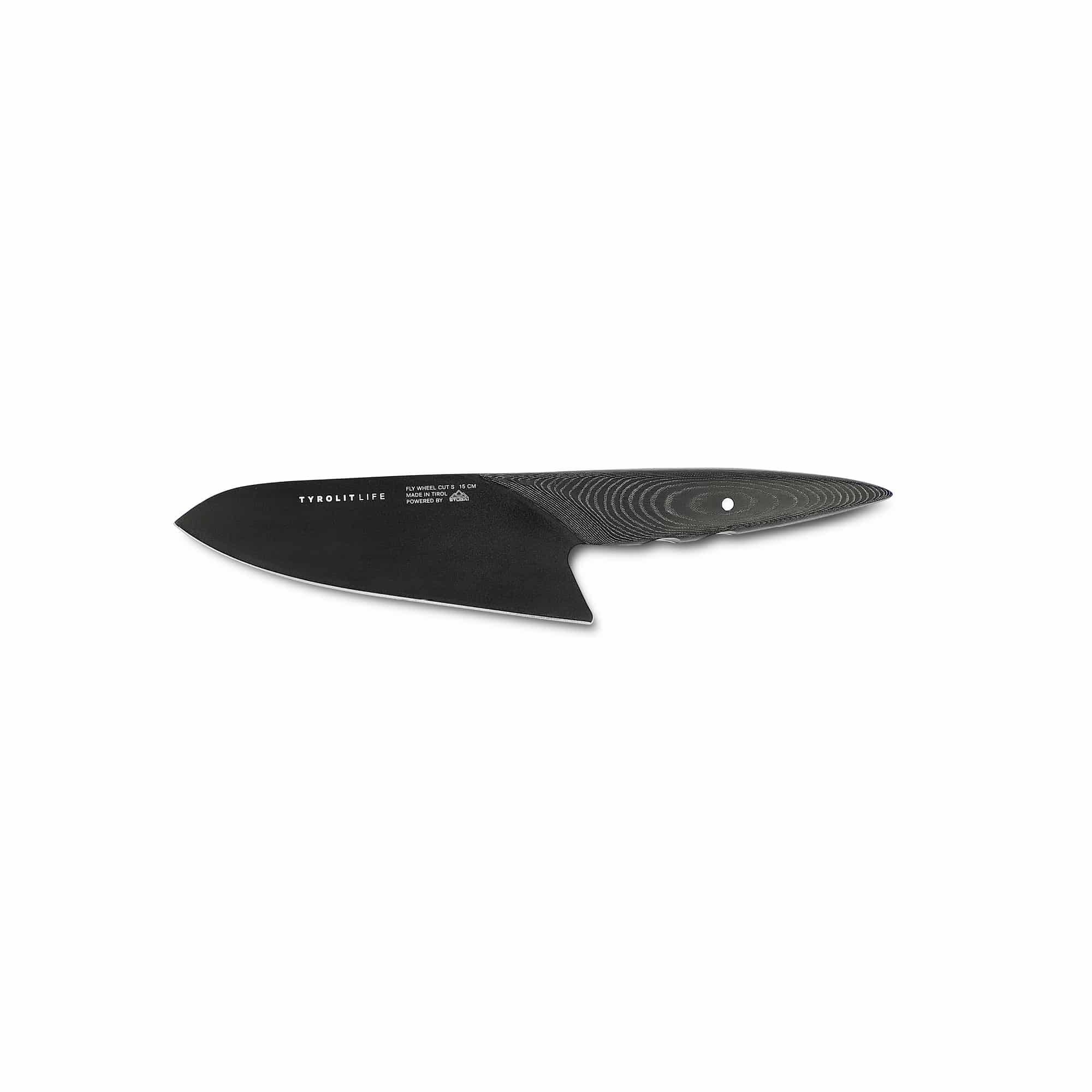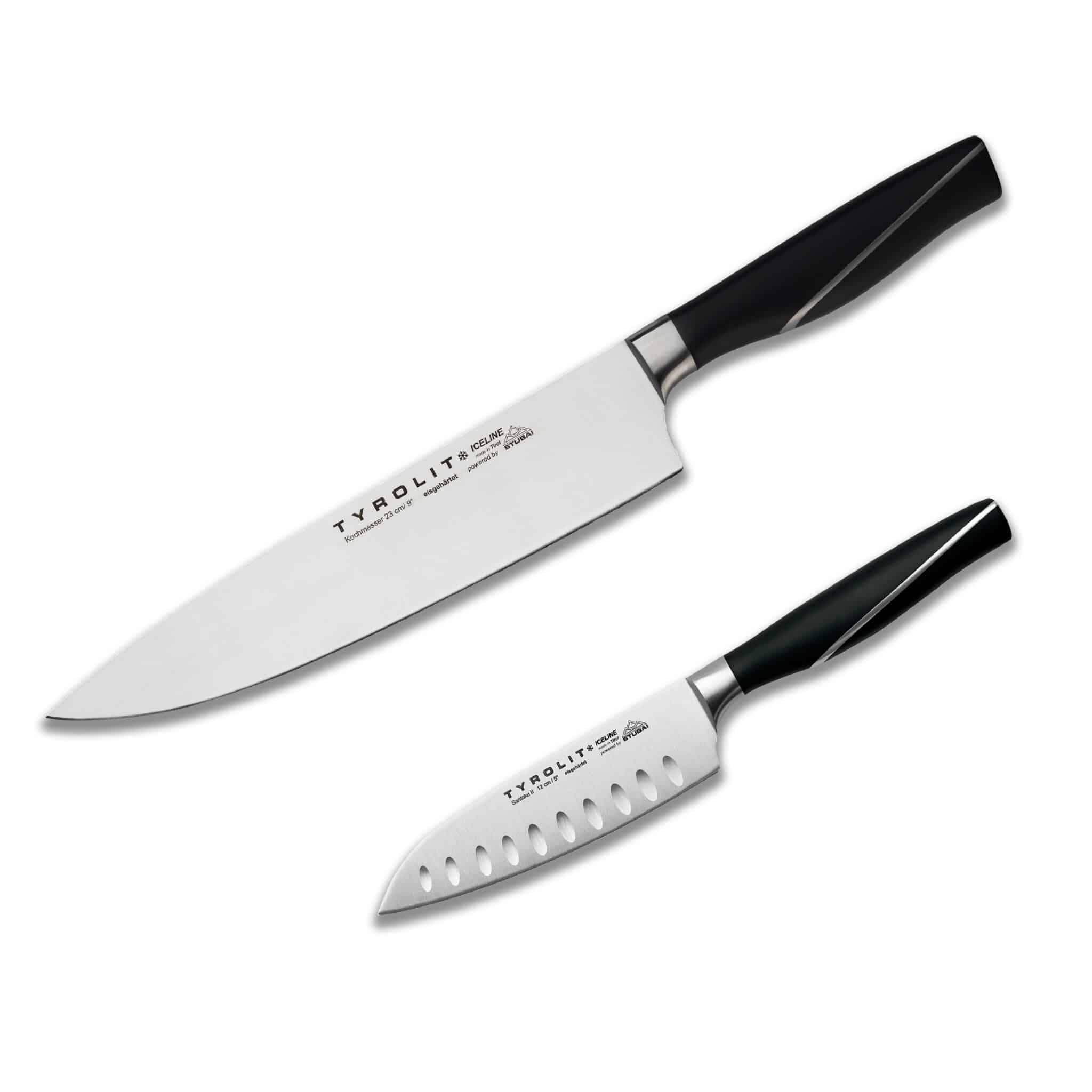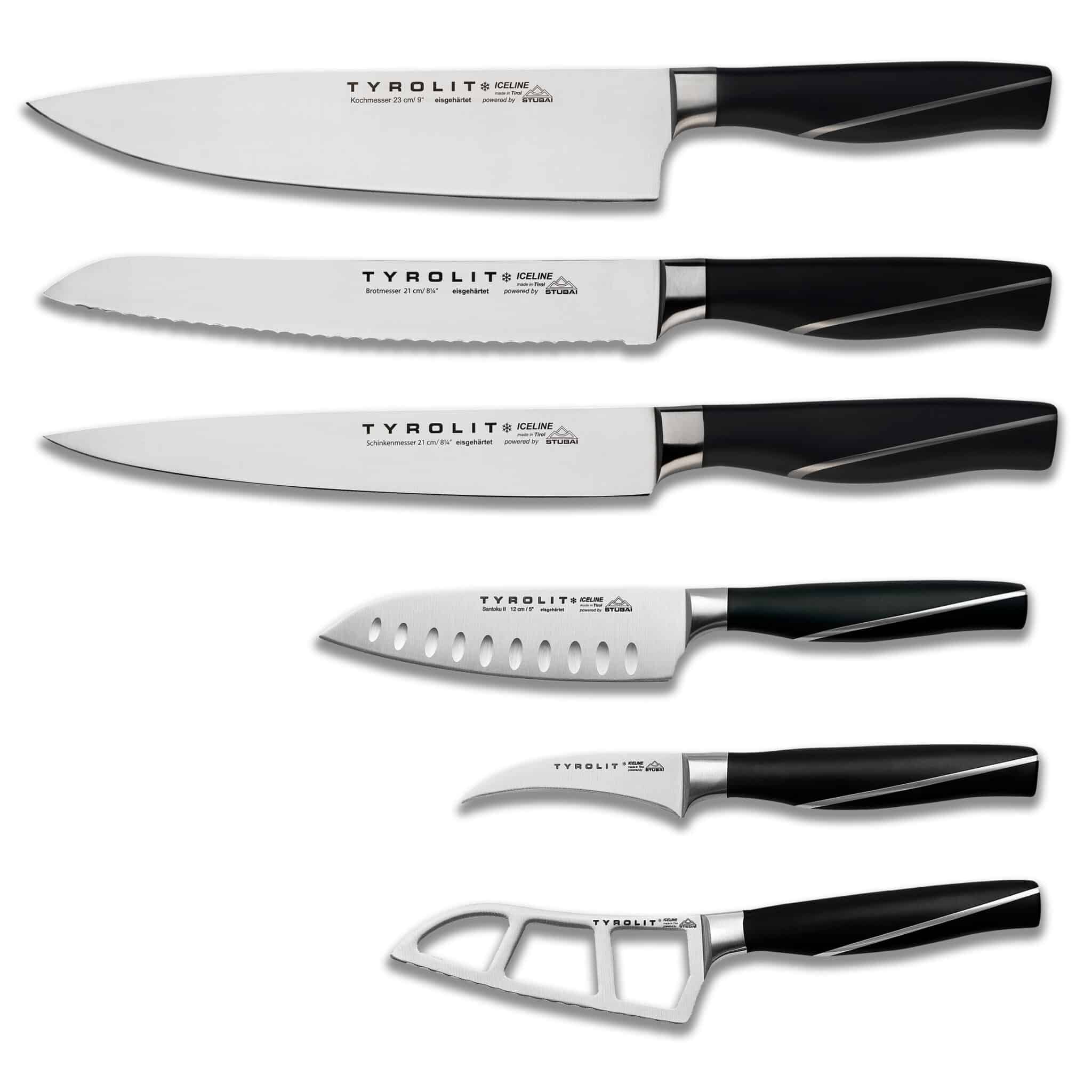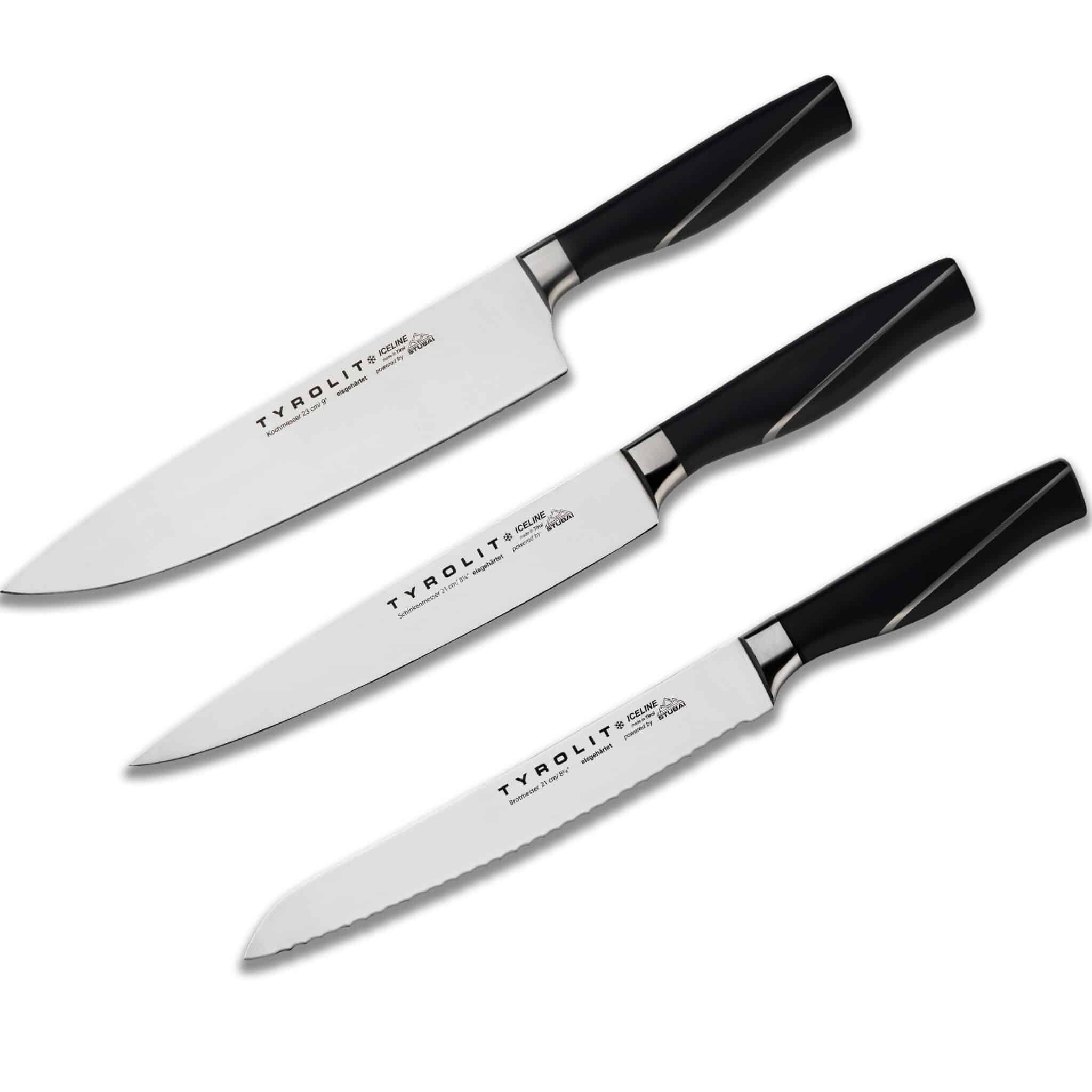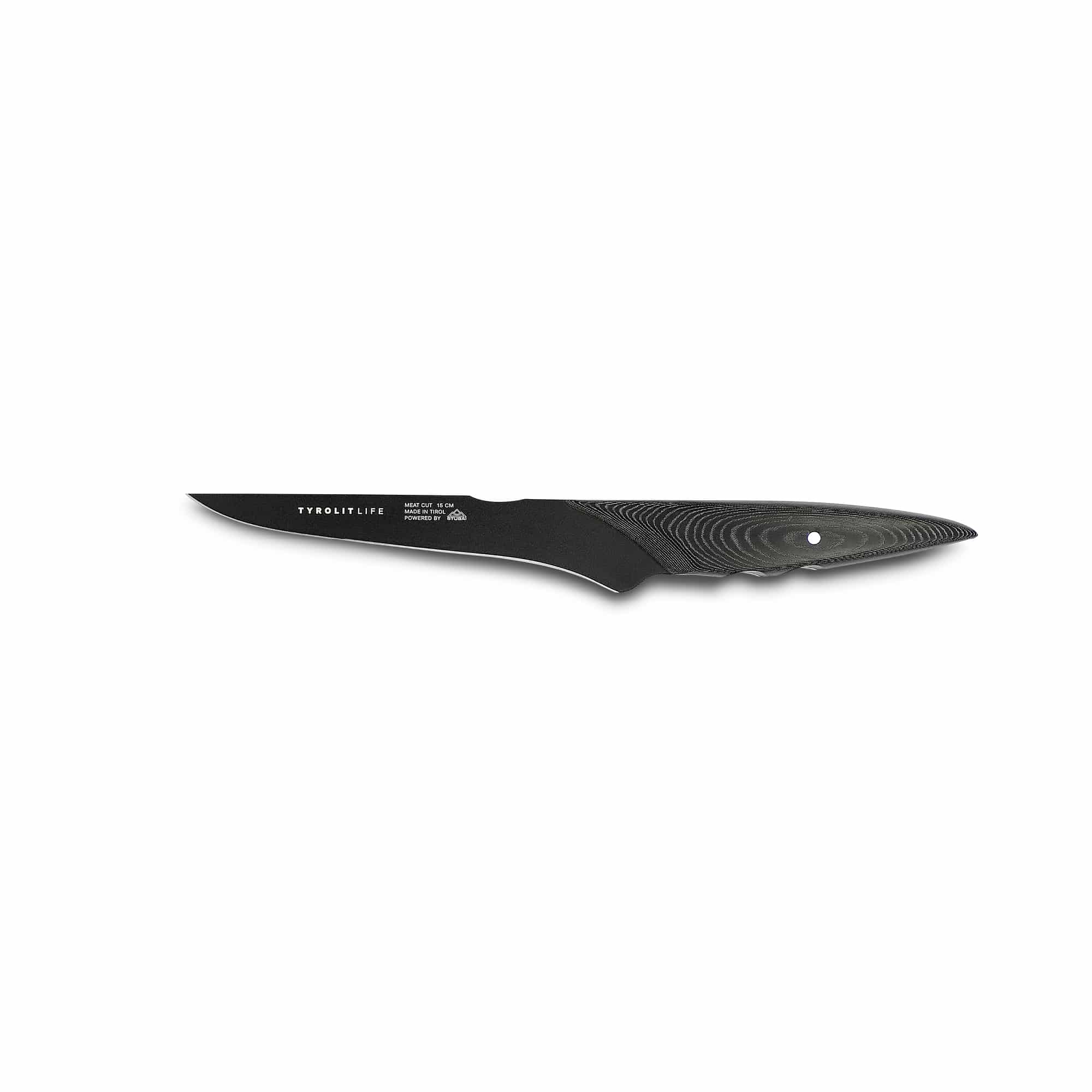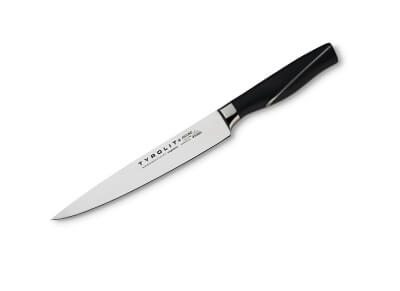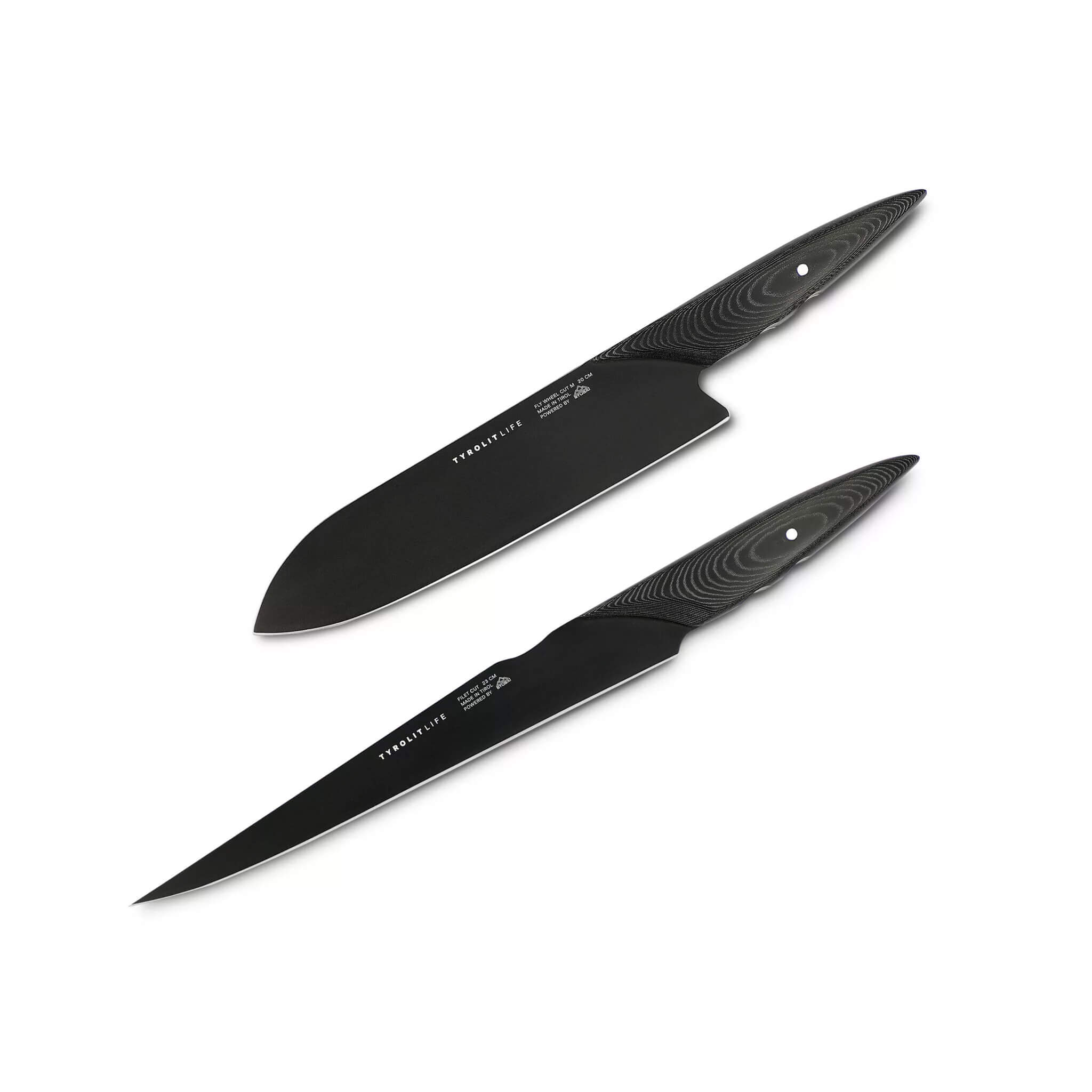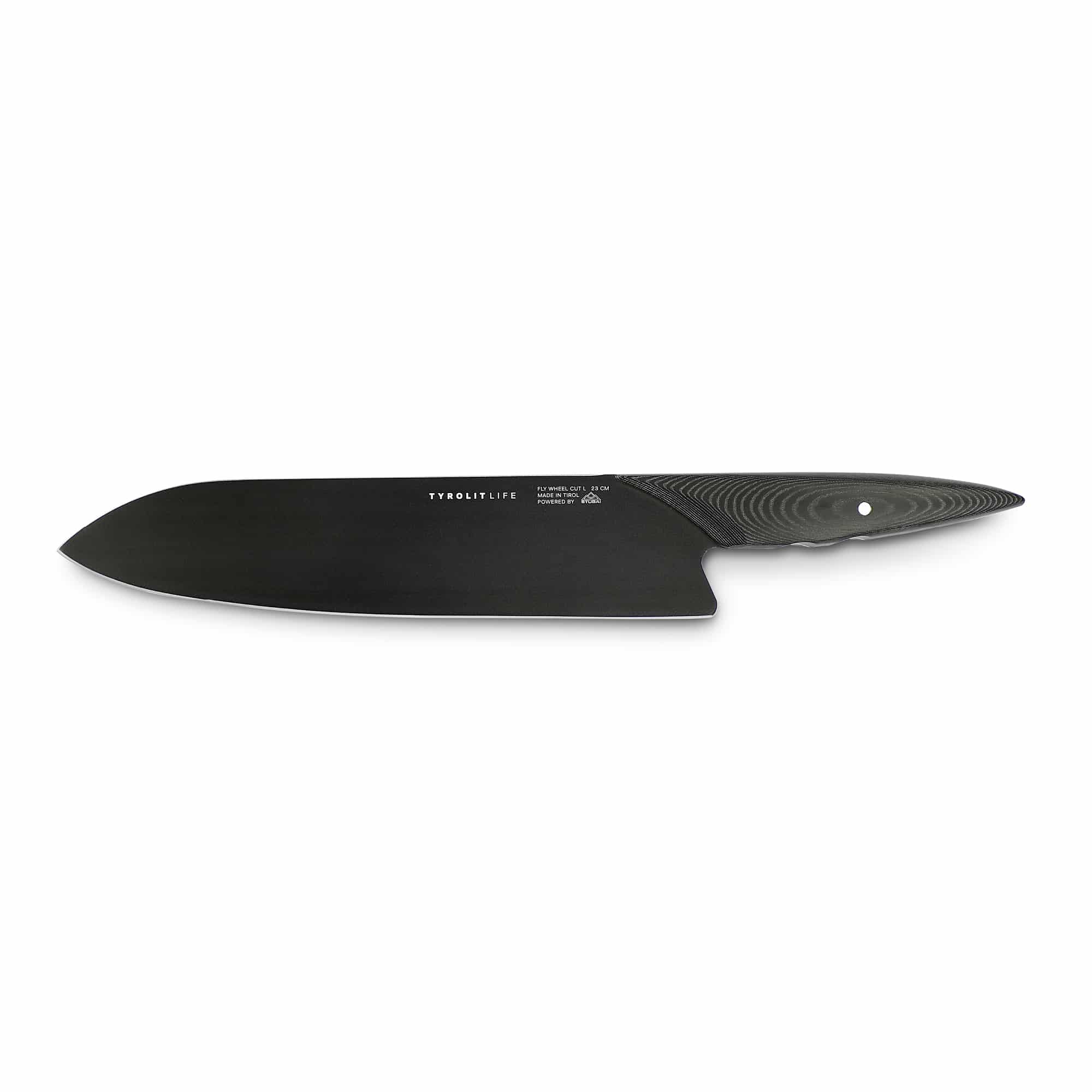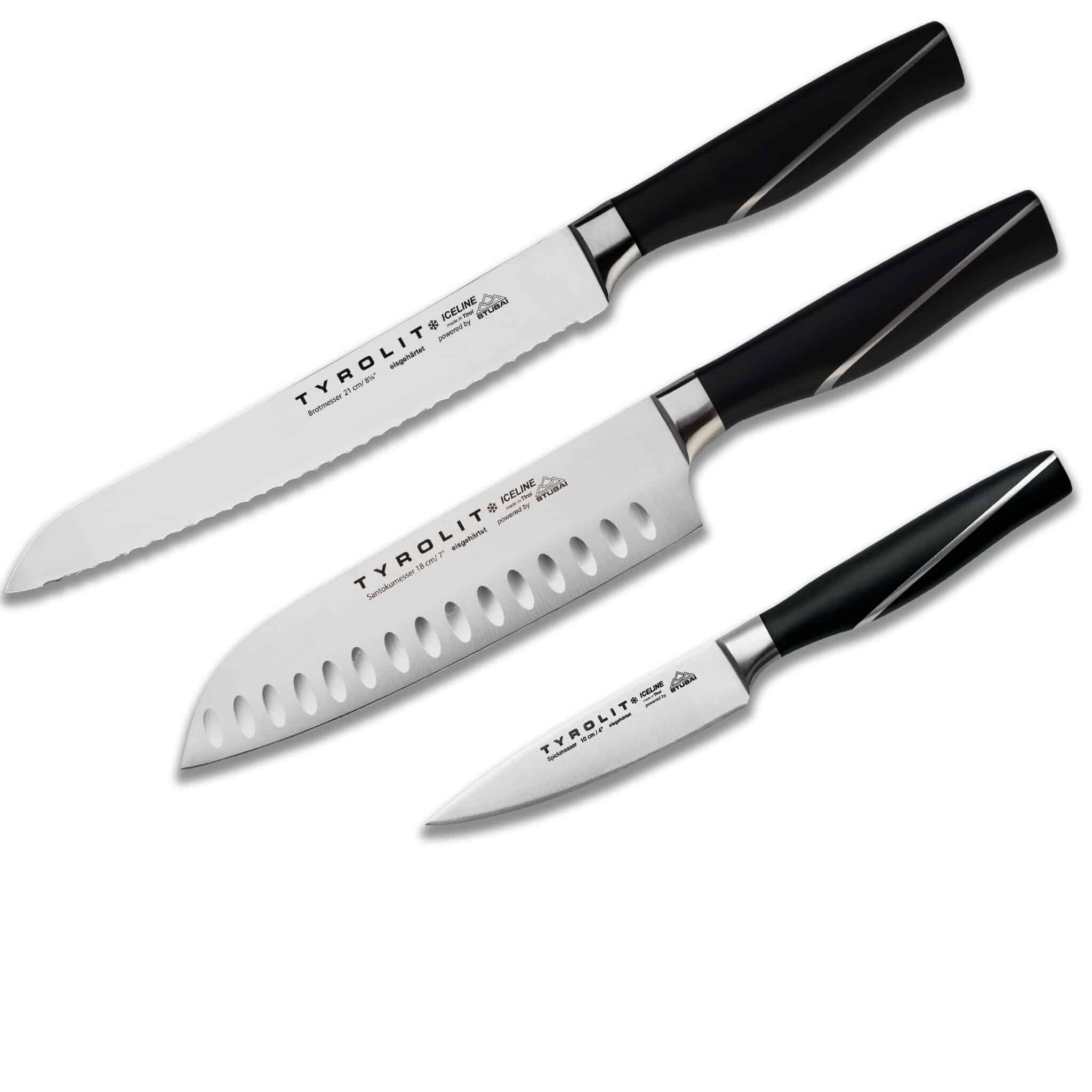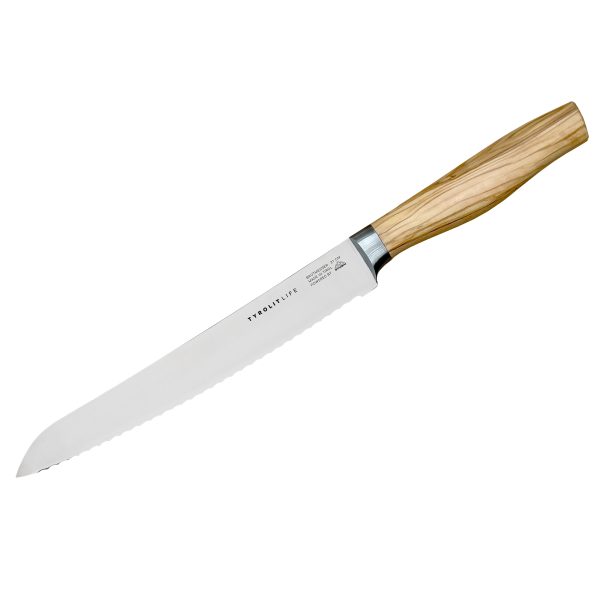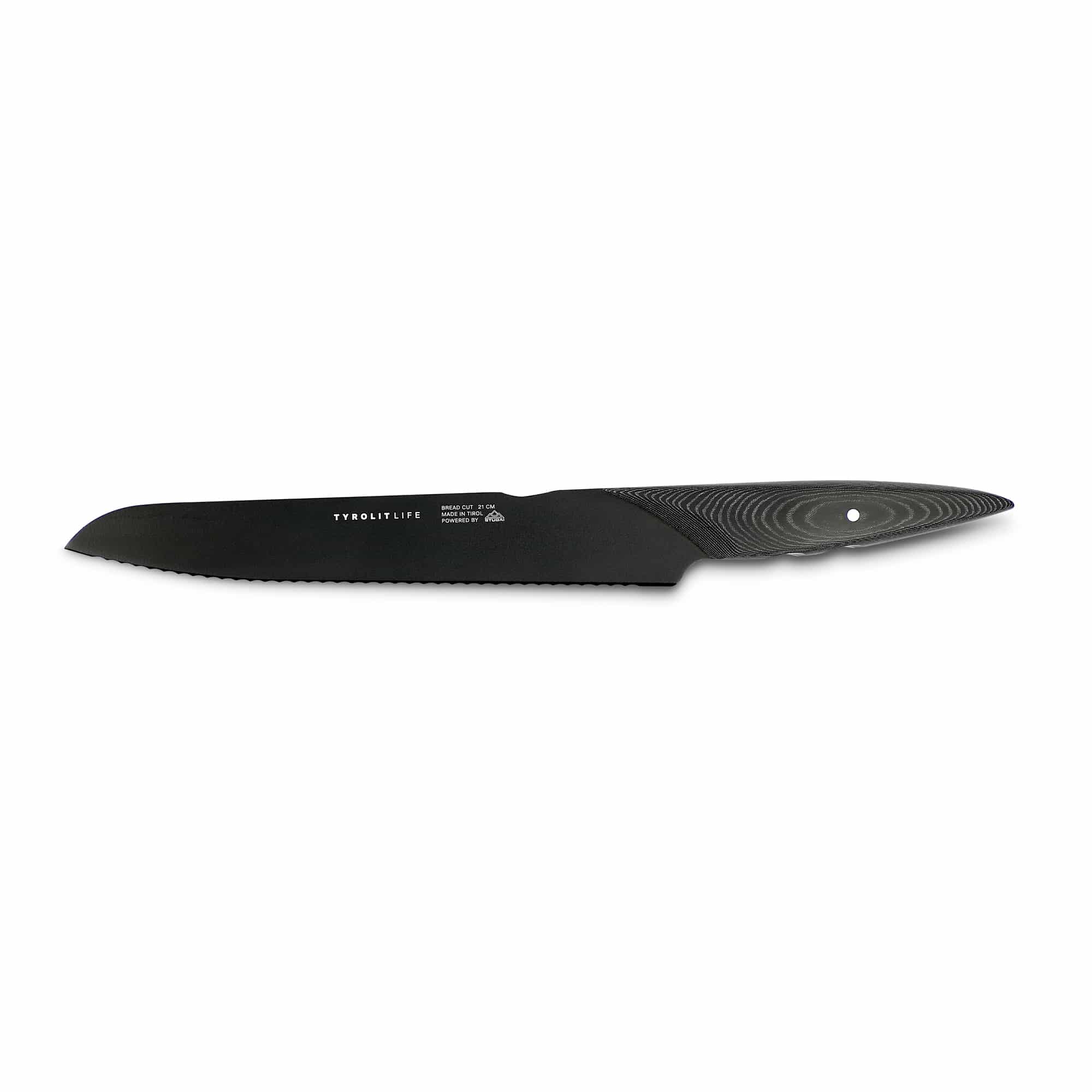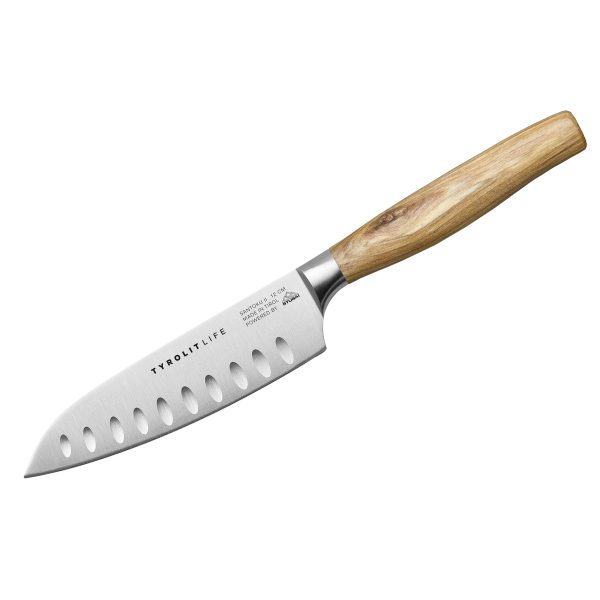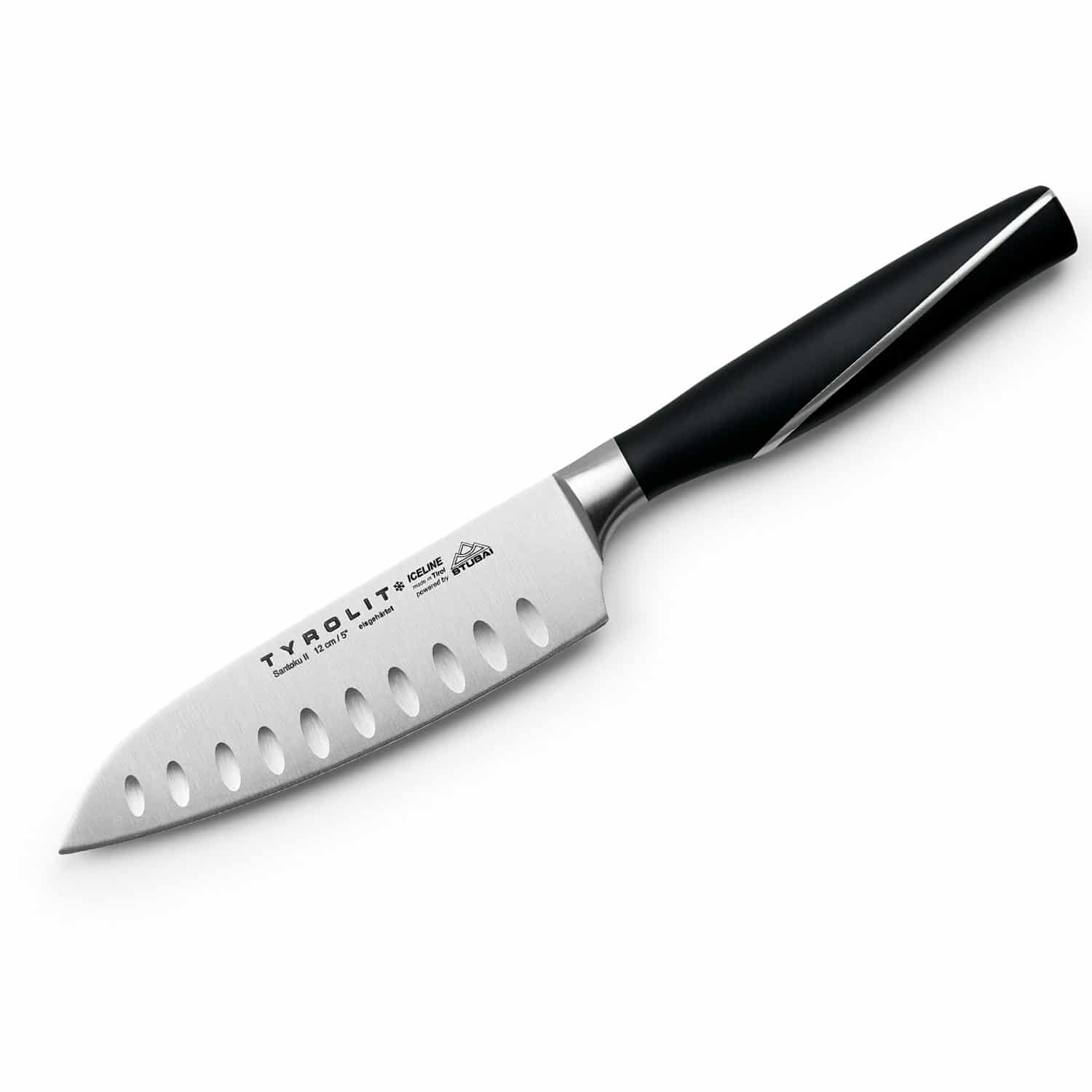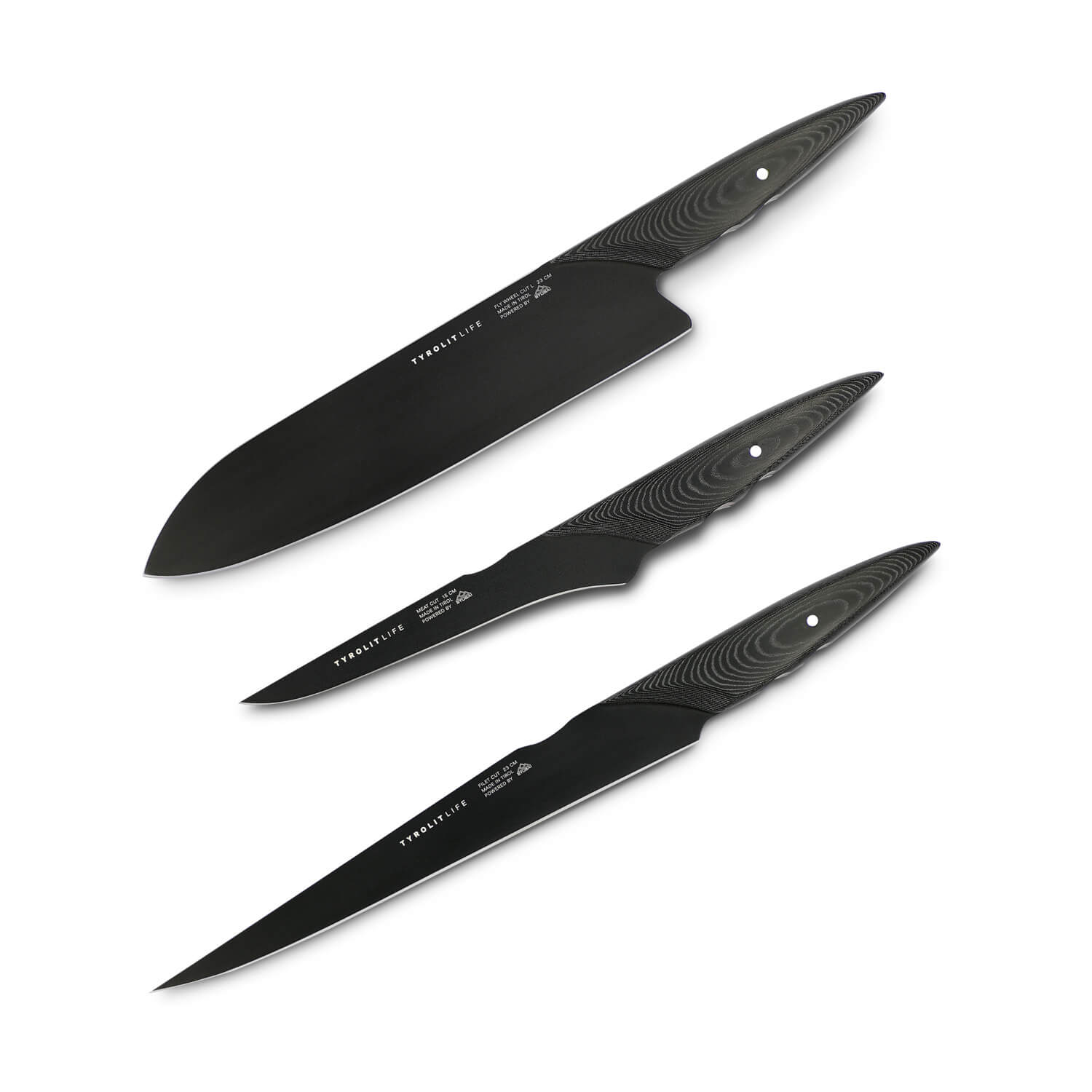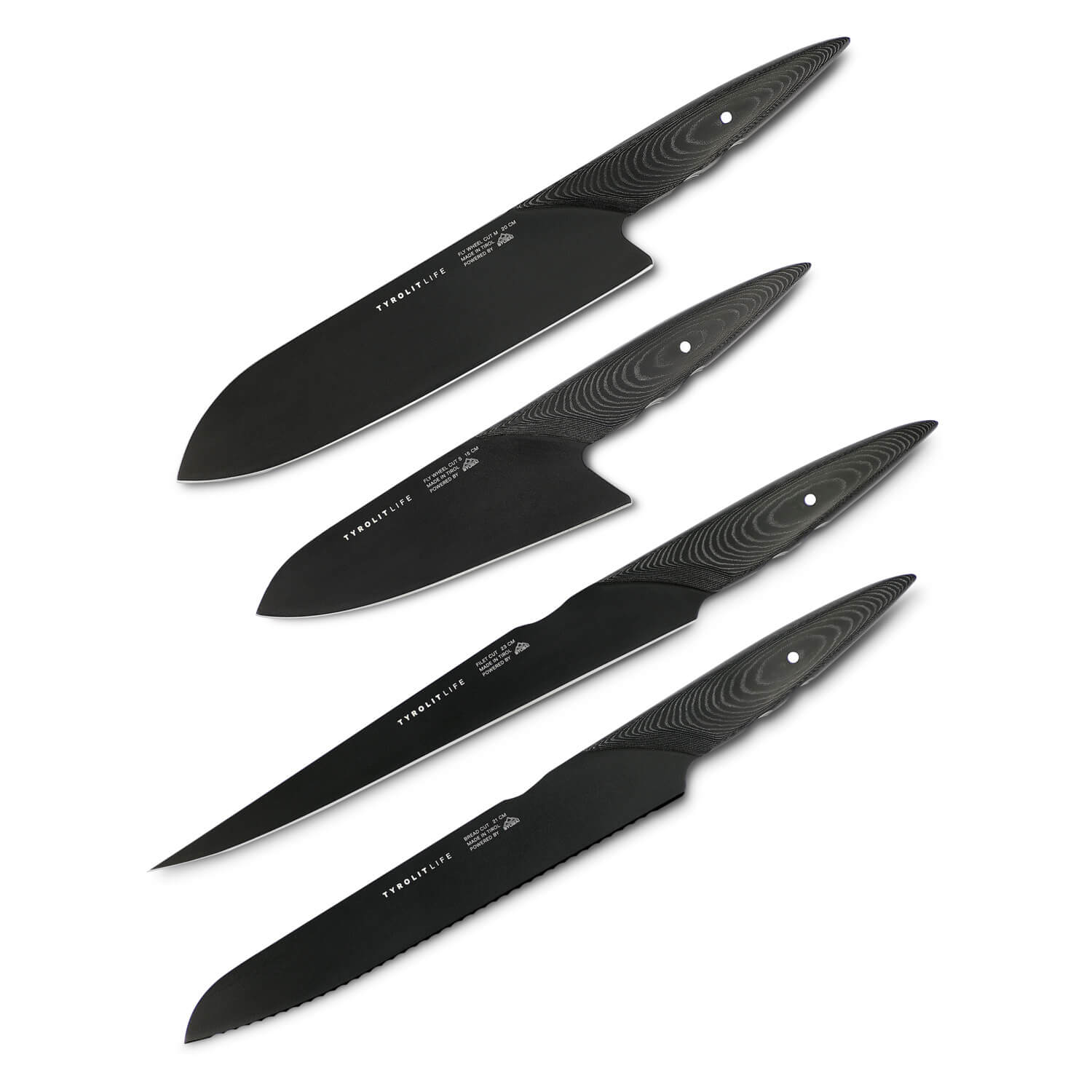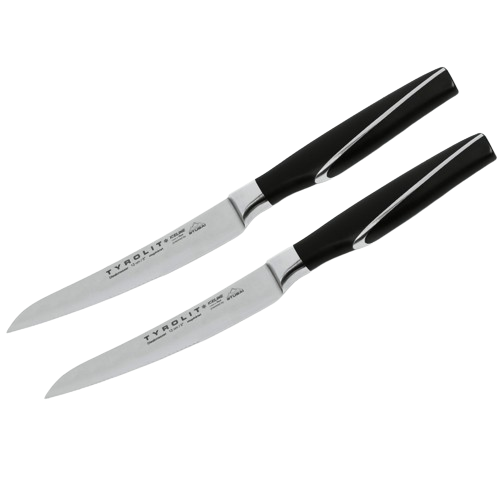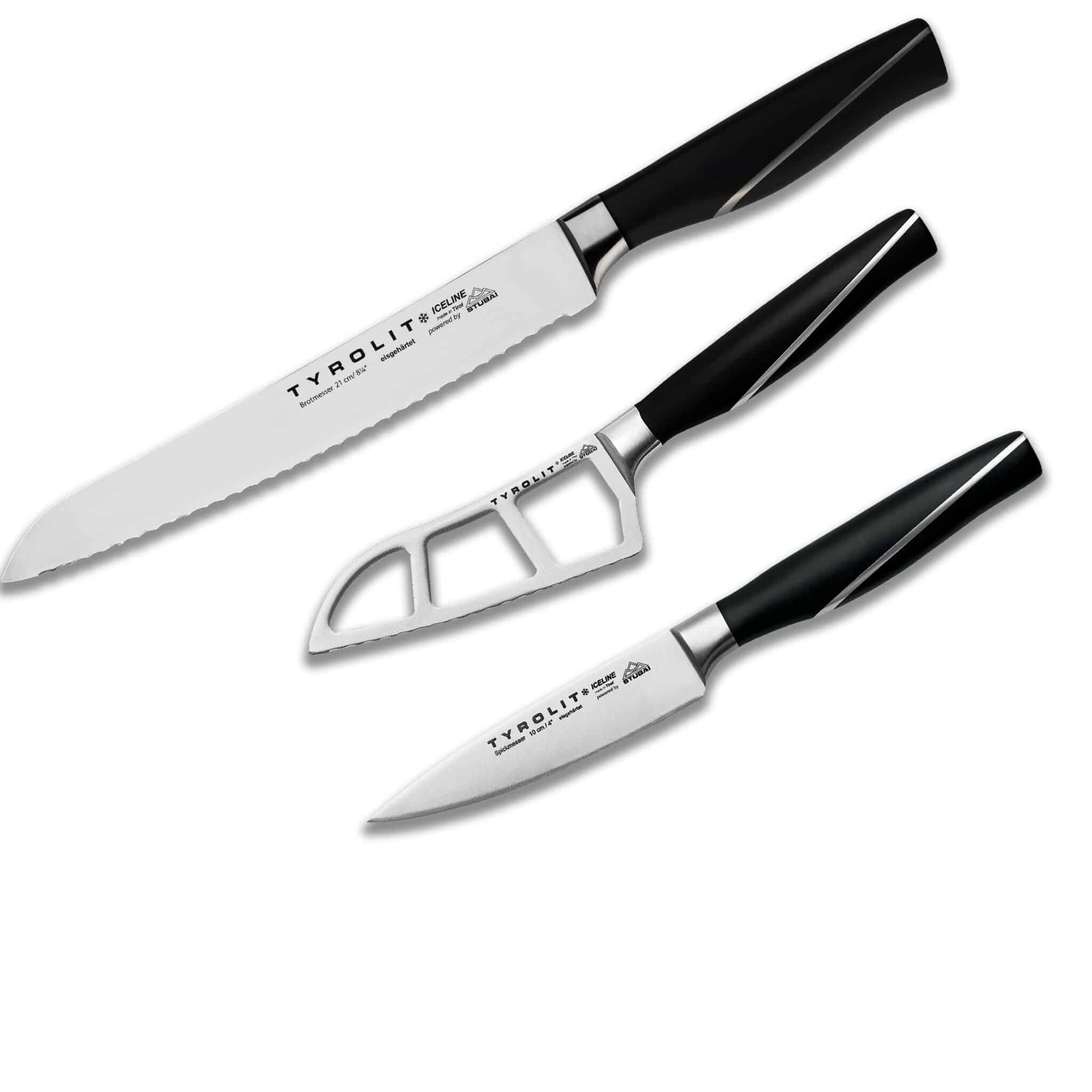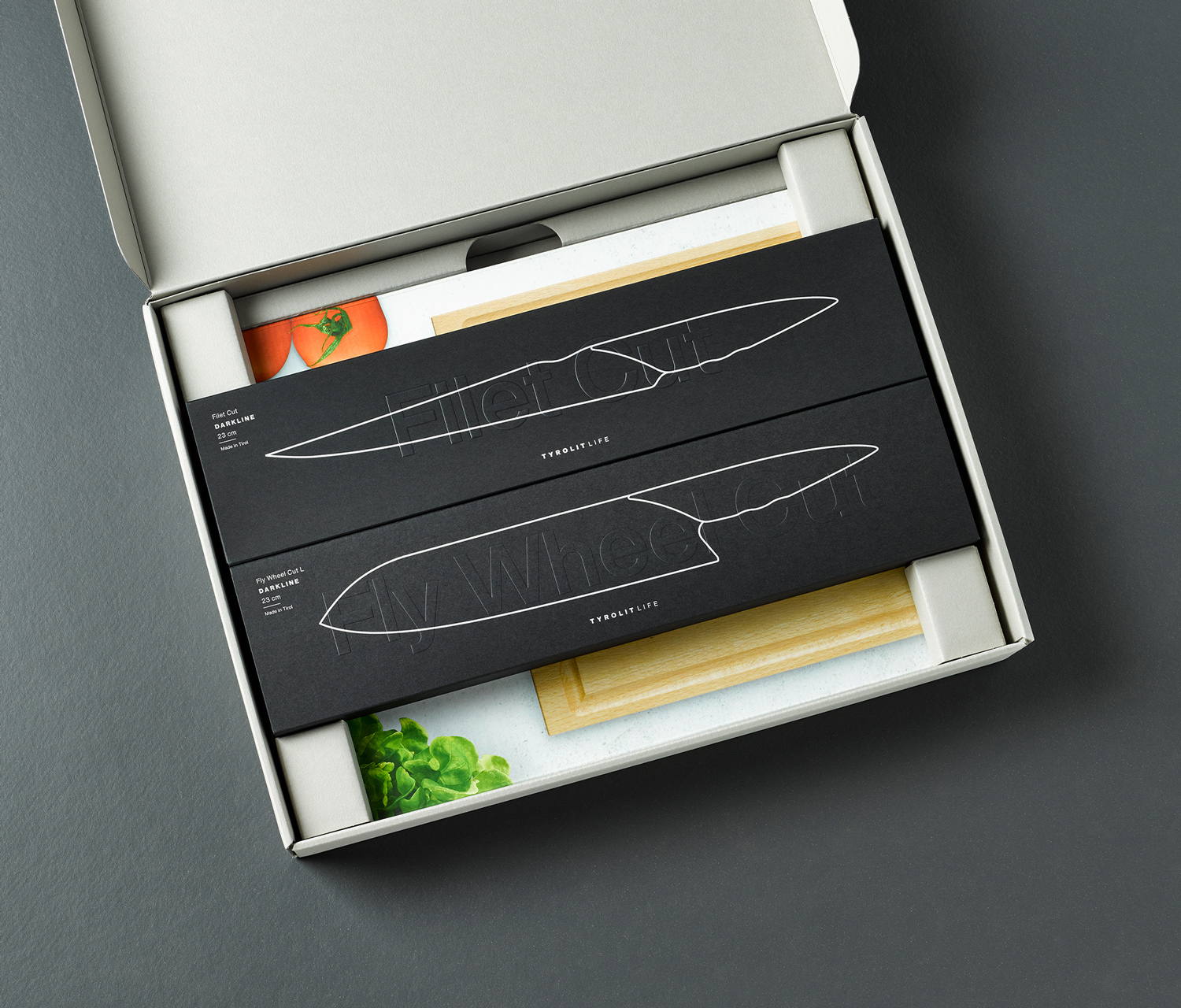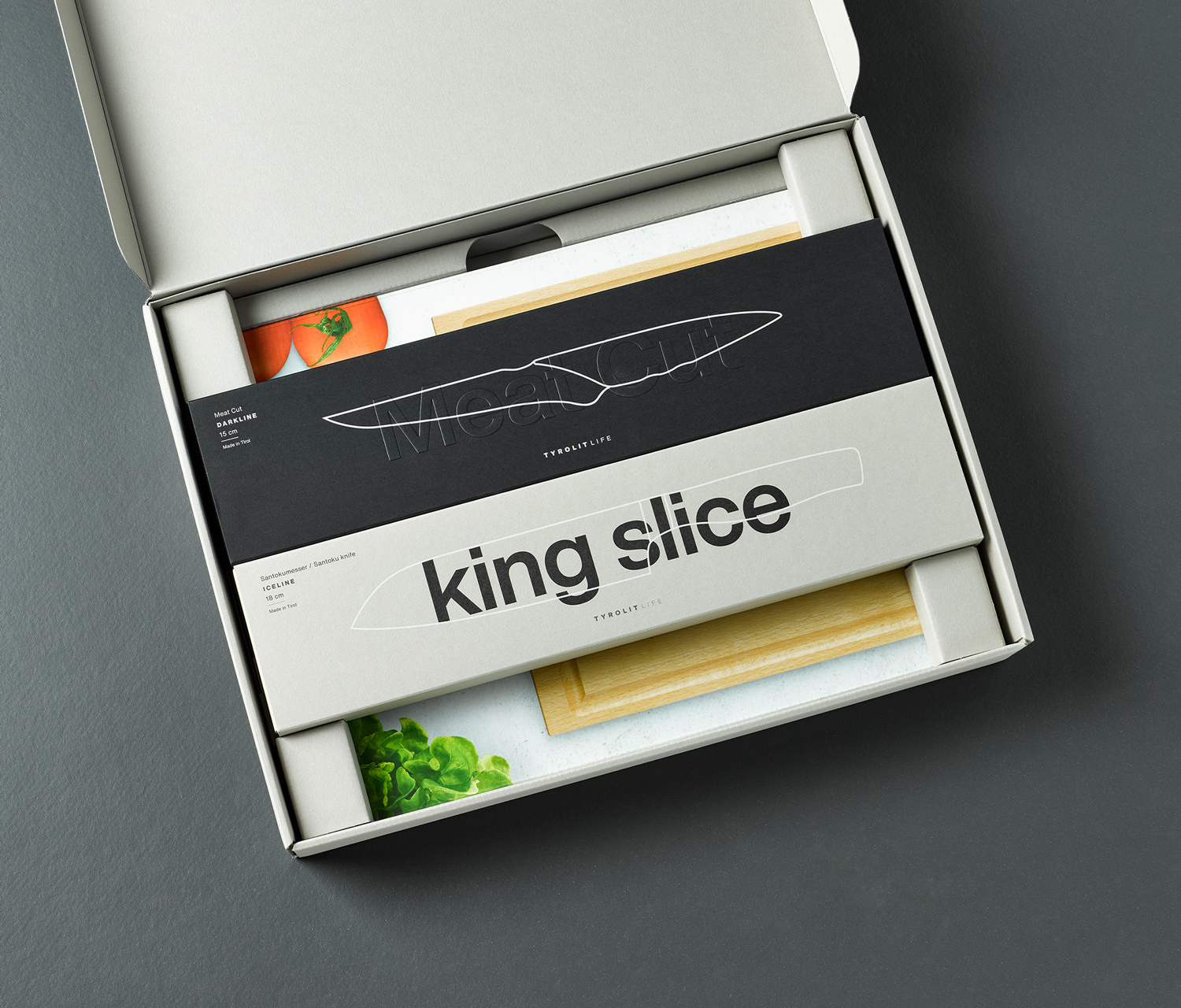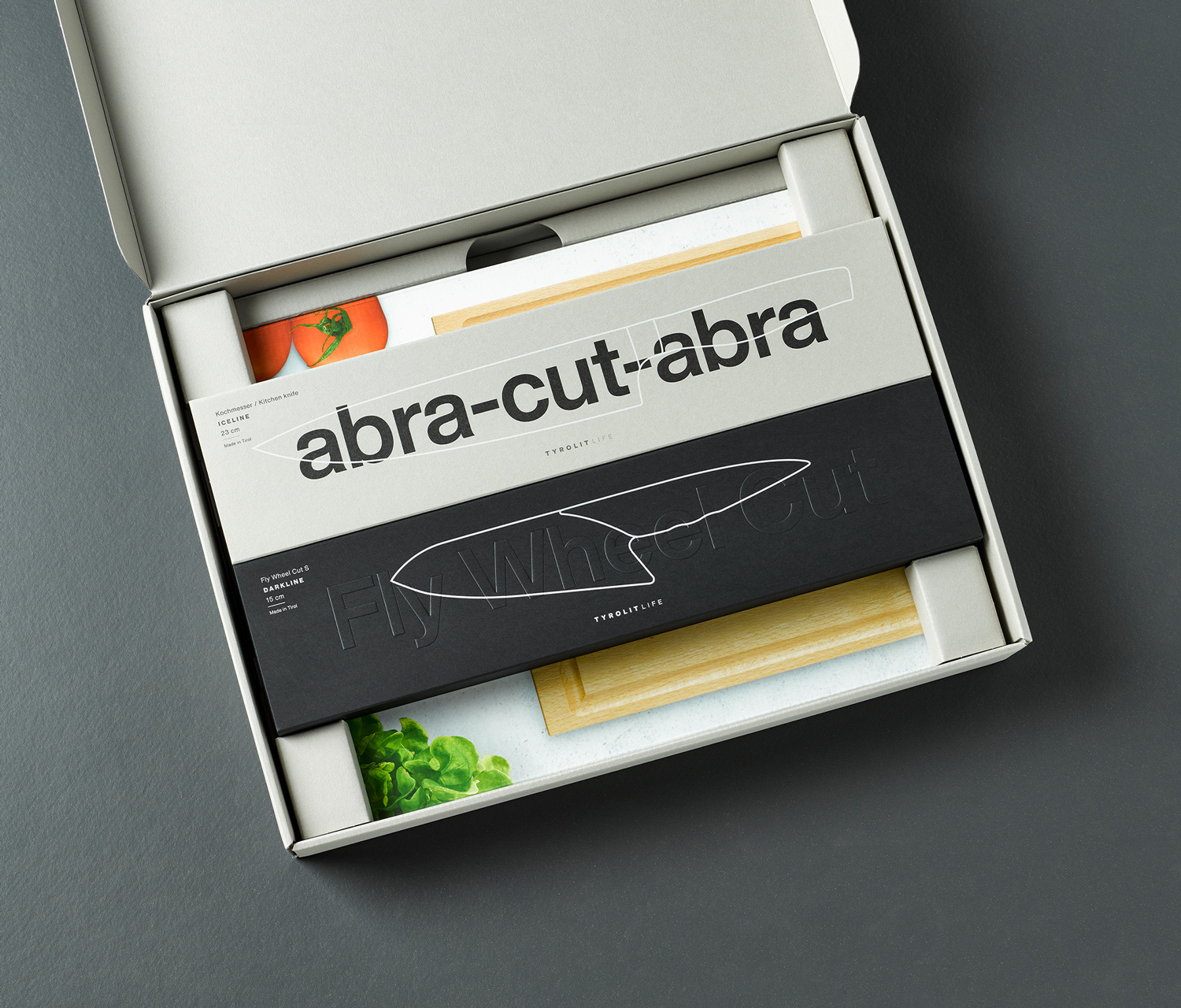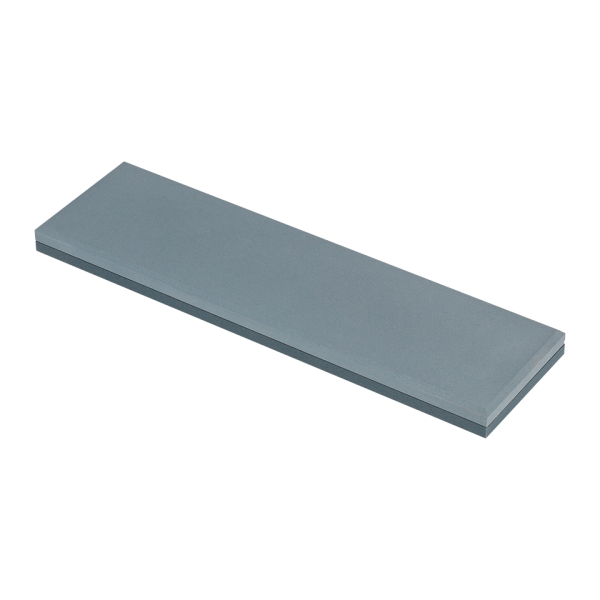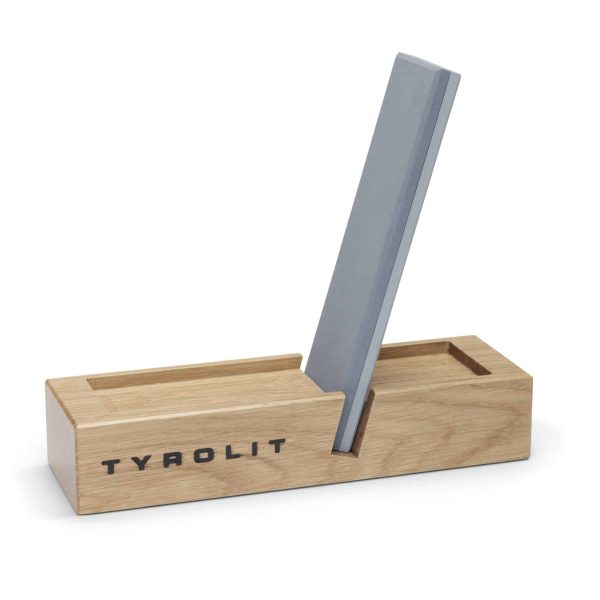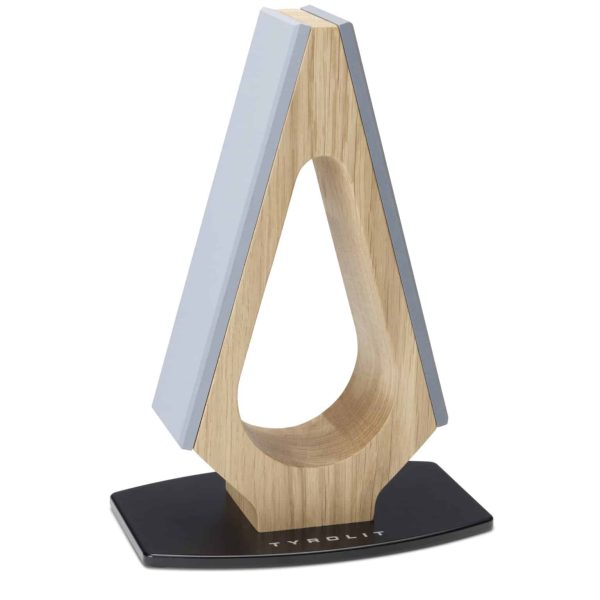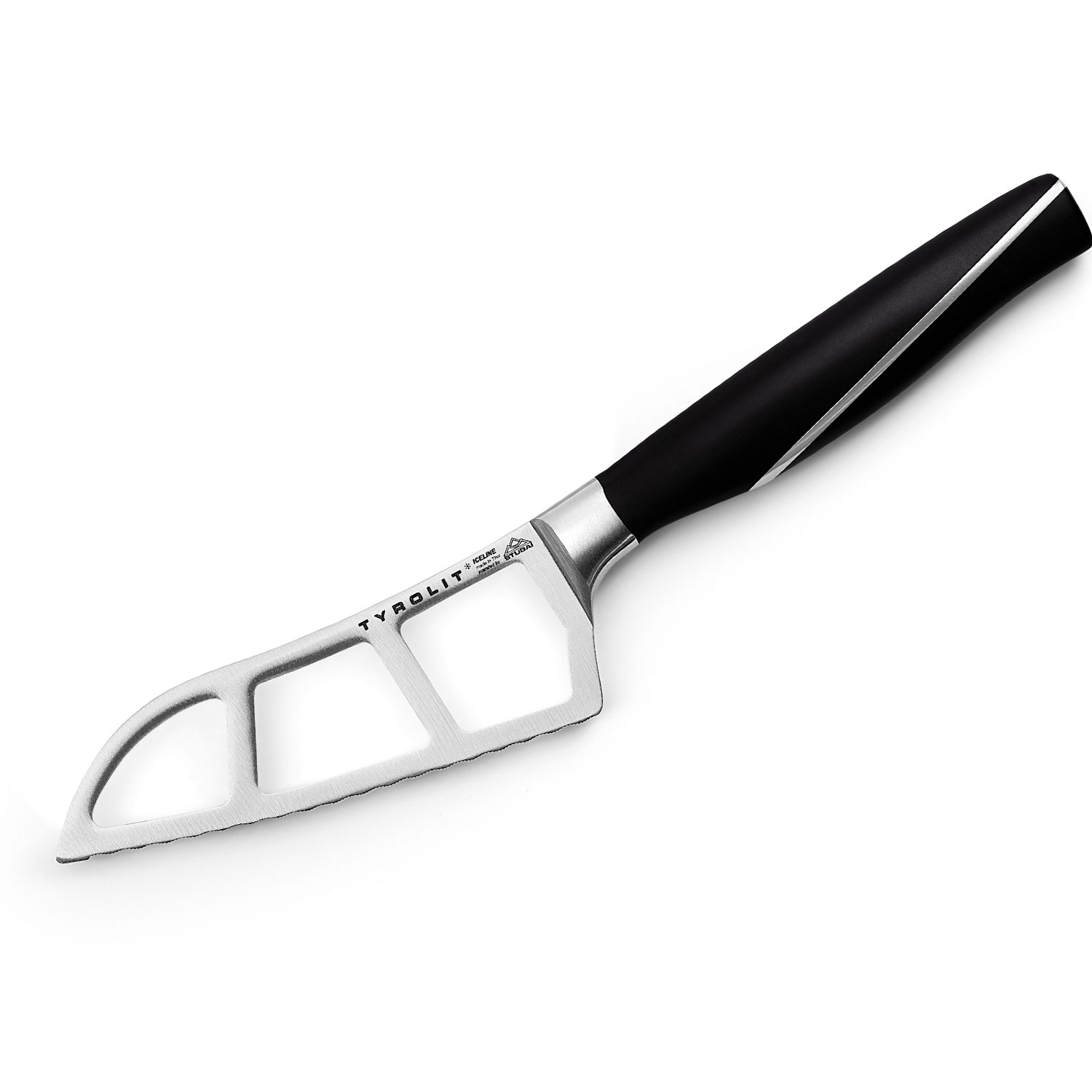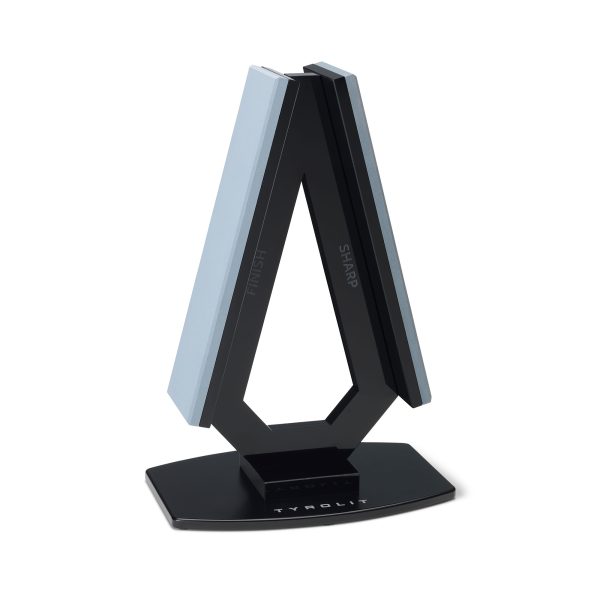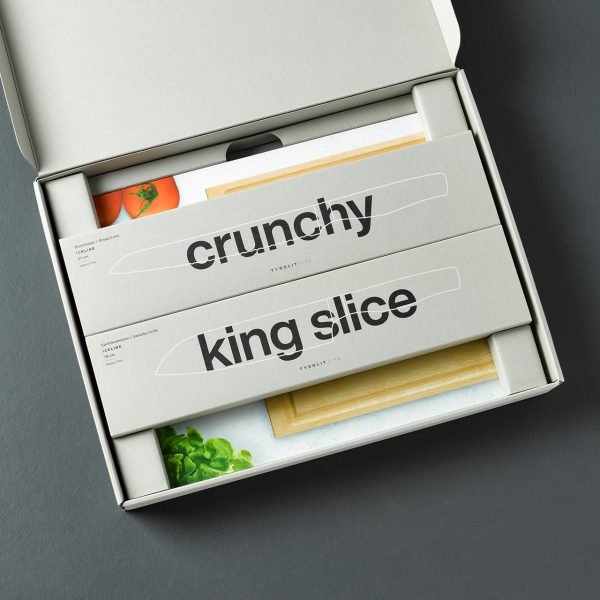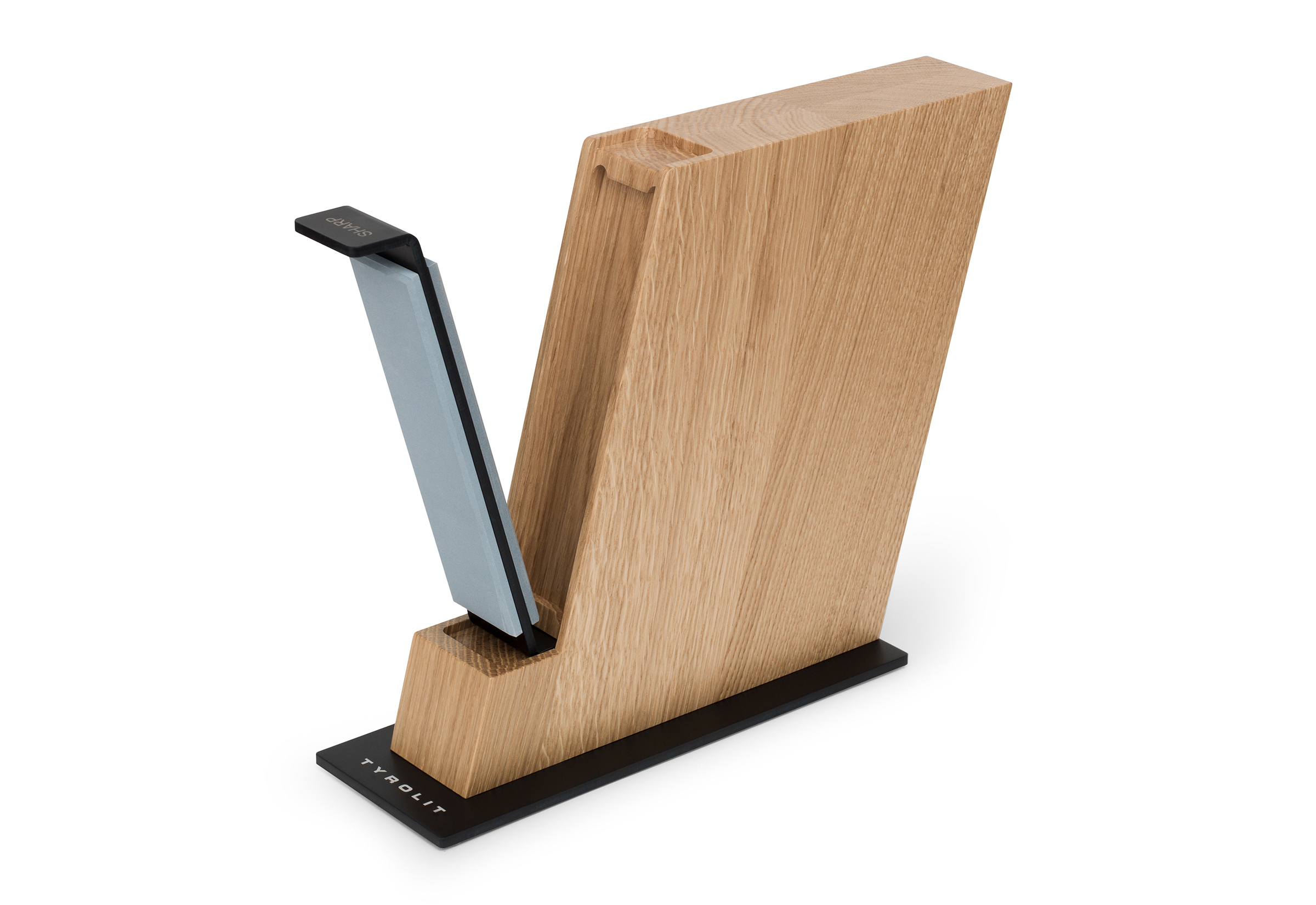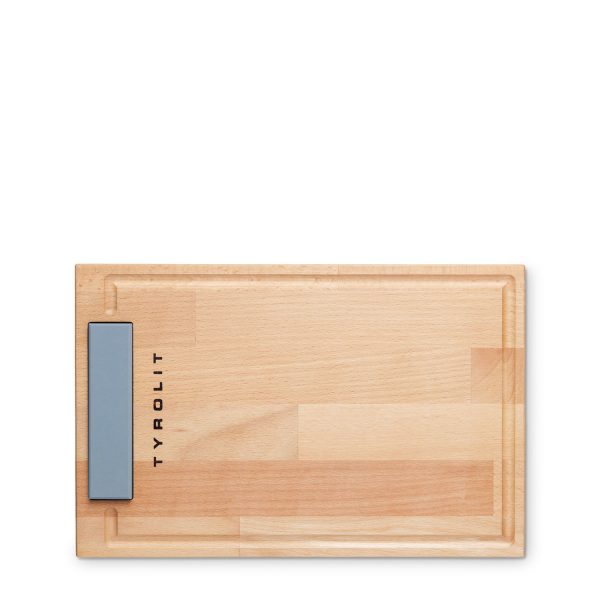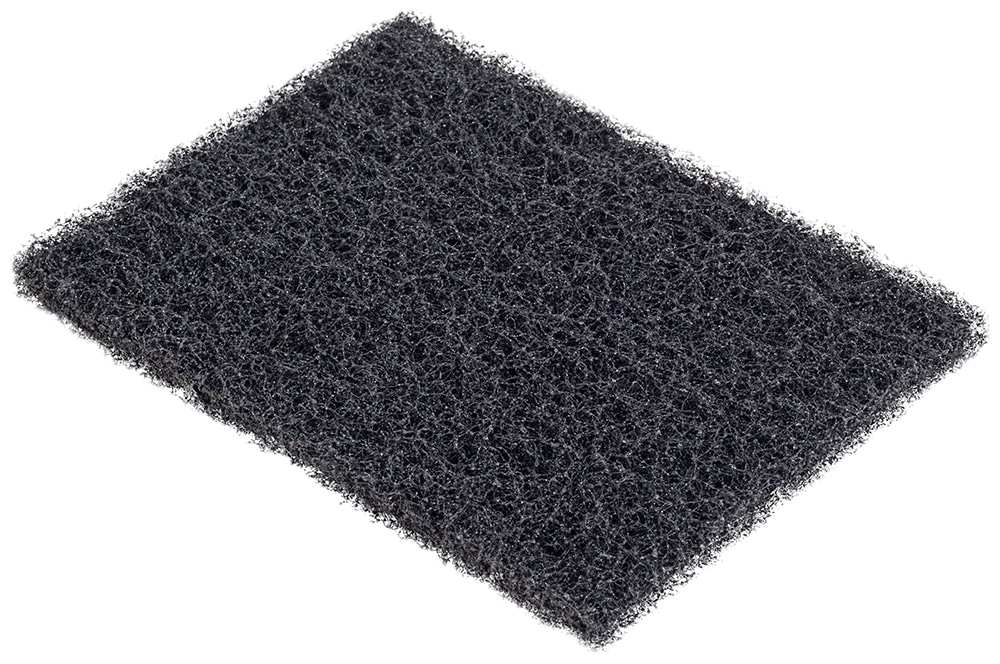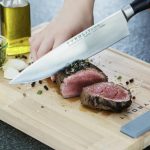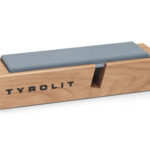The History of the Knife – Weapon, Tool and Precision Instrument
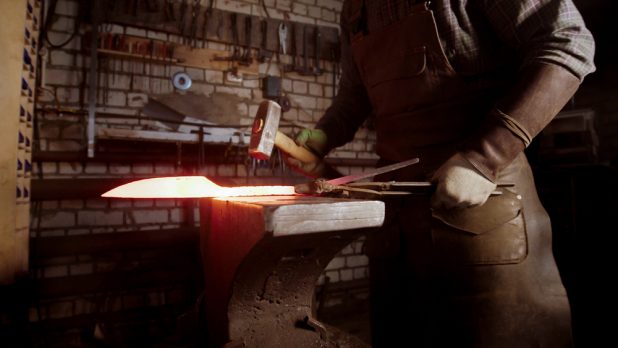
The history of the knife is closely interwoven with that of man. It has been with us for millions of years and has evolved over time from a simple cutting tool to an indispensable part of our daily lives. At the same time, the history of the knife reflects the progress of human civilization – from the first primitive stone tools to the sophisticated precision instruments we know today.
In this article, we take a look at the origins of the knife, its development through different materials and eras, its multiple uses throughout history, and its importance in the modern world – whether in medicine or as a kitchen knife.
The origins of the knife lie in the Stone Age
The origins of the knife date back to the Stone Age, when the first people began to make simple stone cutting tools. These early knives, often made of flint or obsidian, were indispensable for survival: they served as weapons, tools and for preparing food.
Almost three million years ago, our ancestors in Africa used the first stone tools, which are considered the forerunners of today’s knives. These stone tools, called Oldowan tools, were simple but effective cutting and striking tools made by splitting off stones. Recently found specimens are about 2.9 million years old.1
Over time, the techniques for manufacturing stone tools became increasingly refined. During the Mesolithic period, people began to produce finer and more complex tools by striking sharp blades from larger stones and further processing them. This advancement persisted into the Neolithic era, where individuals started crafting polished stone tools, which were both more durable and sharper.
The importance of the knife in the early days of mankind cannot be overemphasized. It was a basic tool for hunting, slaughtering animals, preparing food, and building shelters. These early knives allowed people to make better use of their environment and survive in it.
So the history of the knife begins with the simple but vital stone tools of our ancestors. These tools laid the foundation for the later development of knives made of bronze, iron and finally steel, which were further refined over the millennia.
Materials – from stone to metal
Knives have always been fundamental tools for human survival. Both the techniques for making them and the materials used have evolved over time. As the Stone Age came to an end, new materials were introduced, which then became characteristic of the subsequent epochs.
Knives in the Bronze Age
With the advent of the Bronze Age, around 3300 BC, a new era in knife manufacturing began. Bronze, an alloy of copper and tin, made it possible to produce more robust and durable blades. These new metal knives were significantly sharper and more resistant than their stone predecessors.
The availability and processing of bronze revolutionized the production of tools and weapons in general and marked an important technological advance.
Knife from the Iron Age
In the subsequent Iron Age, which began around 1200 BC, the knives were further improved. The discovery and use of iron and later steel led to even harder and sharper blades. Iron knives were not only more durable, but also more versatile.
The ability to forge and harden iron made it possible to produce blades with different shapes and functions. This development was a decisive step in the history of metalworking and the art of knivesmithing, with repercussions going back to the Middle Ages and far beyond.
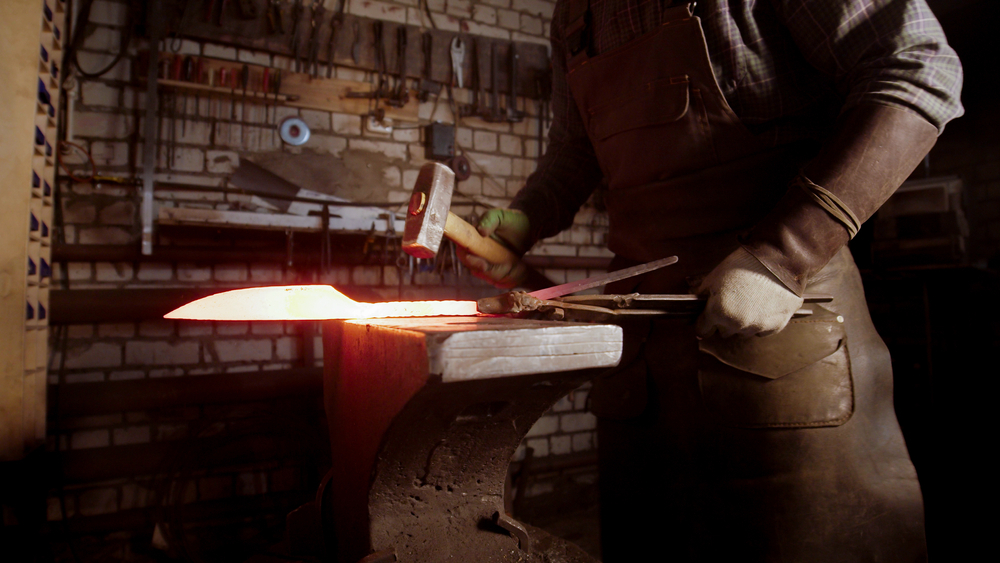
Modern Achievements in Knife Manufacturing
Another significant advance in the manufacture of knives was the development of stainless steel in the early 20th century. Stainless steel produced by the addition of chromium provides excellent corrosion resistance and durability.
Stainless steel knives are not only functional but also easy to maintain as they are less susceptible to rust and stains. This made them particularly popular in kitchens and for daily use.
The use of knives throughout history
Knives have always played a central role throughout history and have been developed for a variety of uses. In early history, knives were mainly used as hunting and survival tools. Hunting knives were used to cut up and process killed game: these knives had to be robust and sharp in order to be able to cut through meat, skin and bones.
Over time, knives evolved and found additional applications. In many ancient cultures, like in ancient Egypt, special ceremonial knives were used, playing a significant role in religious ceremonies and rituals. Often, each part of the knife was intricately decorated, symbolizing power and spirituality.
In medieval Europe, knives were not only tools and weapons but also everyday items. The pocket knife or folding knife became indispensable companions utilized in a myriad of daily situations, from food preparation to handicrafts. The folding knife, with its collapsible blade, was especially practical for safe transport.
Over time, knives have become increasingly specialized – notably in military and tactical applications: they serve as weapons, survival tools, and symbols of status. Today, hunting knives, pocket knives, and folding knives remain prevalent, finding applications in outdoor activities, camping, and hunting. Modern materials and manufacturing techniques have enhanced the functionality and durability of these knives; it is not uncommon to find features such as flashlights, corkscrews, or thermometers integrated into them.
Kitchen knives also developed into their own category, with specific blade shapes for various tasks such as cutting meat, bread and vegetables. As a result, high-quality kitchen knives are now an essential part of any well-equipped kitchen.
The knife today
Knives are still an indispensable part of everyday life. Modern manufacturing processes have even ensured that knives are more precise, durable and affordable, so that they can be used in a variety of areas of life.
For example, in the following chapters we consider the dual nature of the knife as a tool and weapon as well as its central role in cooking and table culture.
Knife shapes in and outside the kitchen: What blade shapes are there?
Depending on the intended use, there are a wide variety of blade shapes. In this article, we provide an overview of the most important of these.
Double-Edged Sword: Knives Can Wound and Heal
Knives possess a dual nature: they can both wound and heal. For knives have been used as weapons throughout history and continue to be today, with their sharp blades serving in combat and hunting.
At the same time, knives also play an important role in the field of medicine. Scalpels and other surgical instruments allow for precise incisions and facilitate the targeted separation of even the smallest sections of tissue.
To meet these requirements, manufacturers sometimes opt for particularly high-quality materials and production techniques, which are also employed beyond the realm of medicine. For instance, Tyrolit Life’s Darkline series knives are produced with a hardness of 60 HRC, fulfilling the standards for medical instruments.
Knives in Dining and Table Culture
Knives play a central role in cooking and dining culture. However, their original nature as weapons is still reflected in today’s table manners: in many Western countries, for instance, it is customary to place the knife with the blade facing the plate – as a gesture of peace, to avoid directing the blade towards other diners.
Nevertheless, at the dining table, table knives and steak knives are not only functional cutting tools, but also an expression of style and elegance. A well-groomed bread knife cuts effortlessly through crispy crusts, while pointed knives are used for fine cuts on meat or fish.

However, a good knife is also the heart of every kitchen, and the variety of knife types – whether chef’s knives, carving knives or Japanese knives – testifies to the different requirements when cutting and preparing food. In addition to a sharp knife edge, it also depends on an ergonomic knife handle, which makes daily cutting easier, not only in professional kitchens.
Especially when it comes to aesthetics and efficiency – whether in the kitchen or at the table – blunt knives are an absolute no-go. How, for example, is one supposed to cut vegetables into appetizing cubes or portion a Fiorentina steak into appealing slices if the knife used tears and crushes rather than cutting elegantly?
Knives and abrasives at the cutting edge – quality meets aesthetics at Tyrolit Life
Tyrolit Life offers a wide range of high-quality knives designed for both amateur chefs and professionals. The two knife series, Iceline and Darkline, are characterized by their outstanding workmanship and durability.
The Iceline knives are forged from one piece of stainless steel and ice-hardened several times. These knives offer long-lasting sharpness and excellent cutting properties, and the ergonomically shaped plastic handle ensures good and safe handling.
The Darkline knives are characterized by their striking appearance and the use of special high-end stainless chrome steel with a hardness of 60 HRC. These knives are specially designed for demanding tasks and offer excellent performance and durability.
So that you can rely on sharp knives at all times, the expert in bonded abrasives also offers high-quality whetstones and knife sharpeners. With two different grits per whetstone (400 and 800), you can do both coarse and fine grinding with just one tool. In addition, the preset sharpening angle of 15 degrees helps the knife sharpener to sharpen most European knives at a constant and correct angle.
Tyrolit Life also offers practical accessory products that facilitate the care and handling of the knives. The magnetic knife block made of native oak offers space for up to six knives and also contains an integrated knife sharpener with a preset sharpening angle of 15 degrees – as well as the cutting boards made of high-quality beech wood. This ensures that your high-quality knives always remain in optimal condition.
FAQs
How old is the world's oldest knife?
What did knives look like in the Middle Ages?
How old is the knife?
1 Image of Science: Oldest Oldowan stone tools discovered. 02.2023. https://www.wissenschaft.de/geschichte-archaeologie/aelteste-oldowan-steinwerkzeuge-entdeckt/

